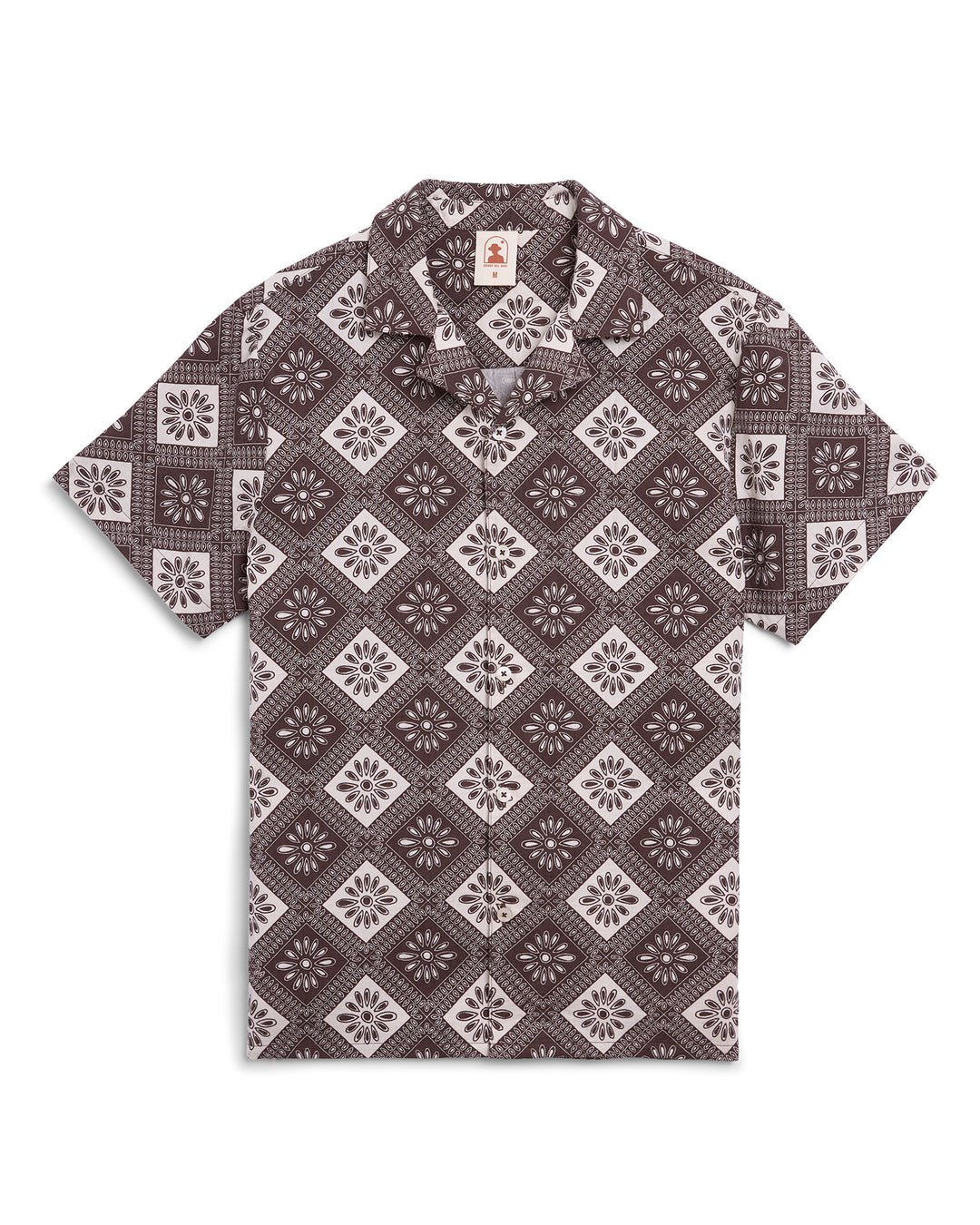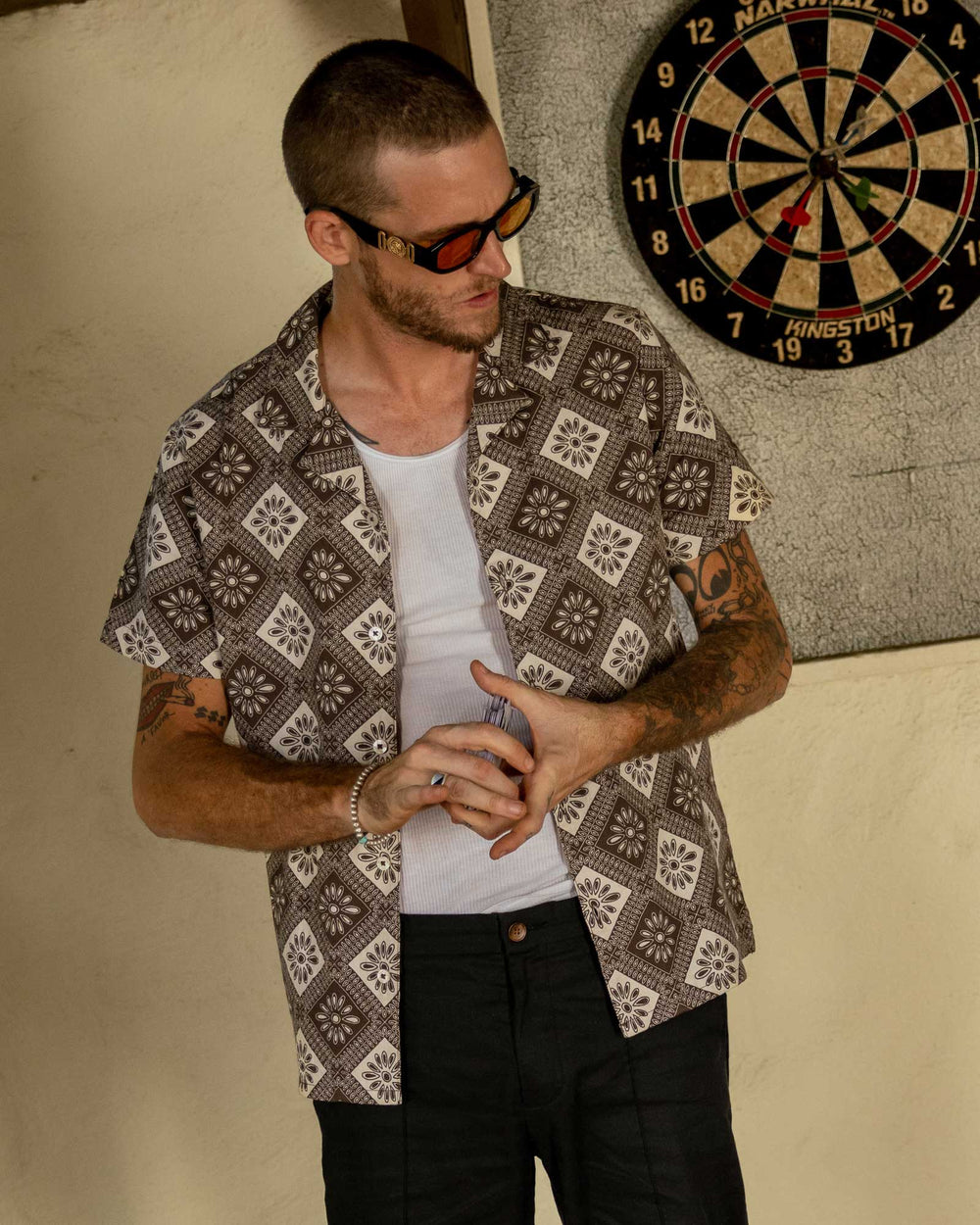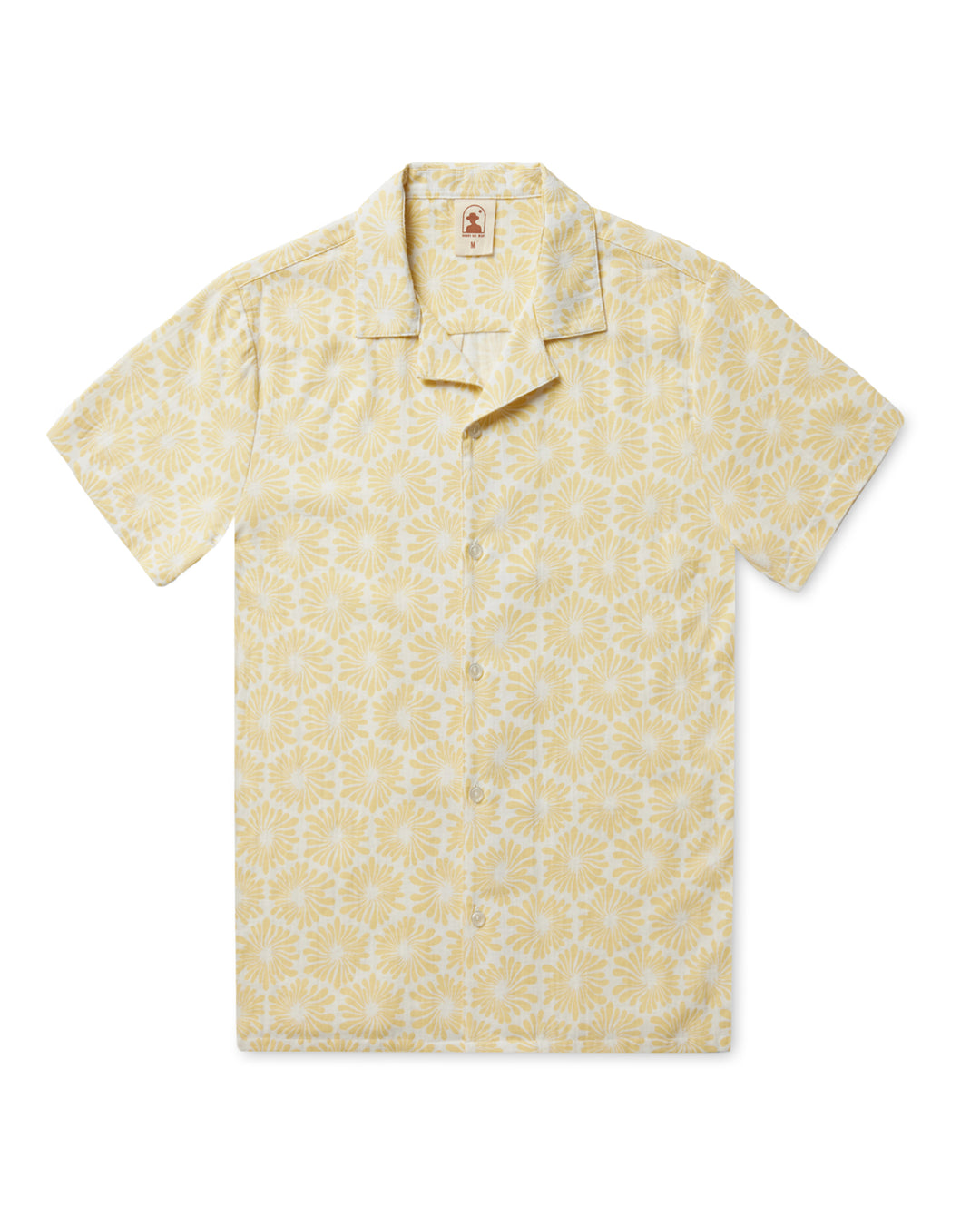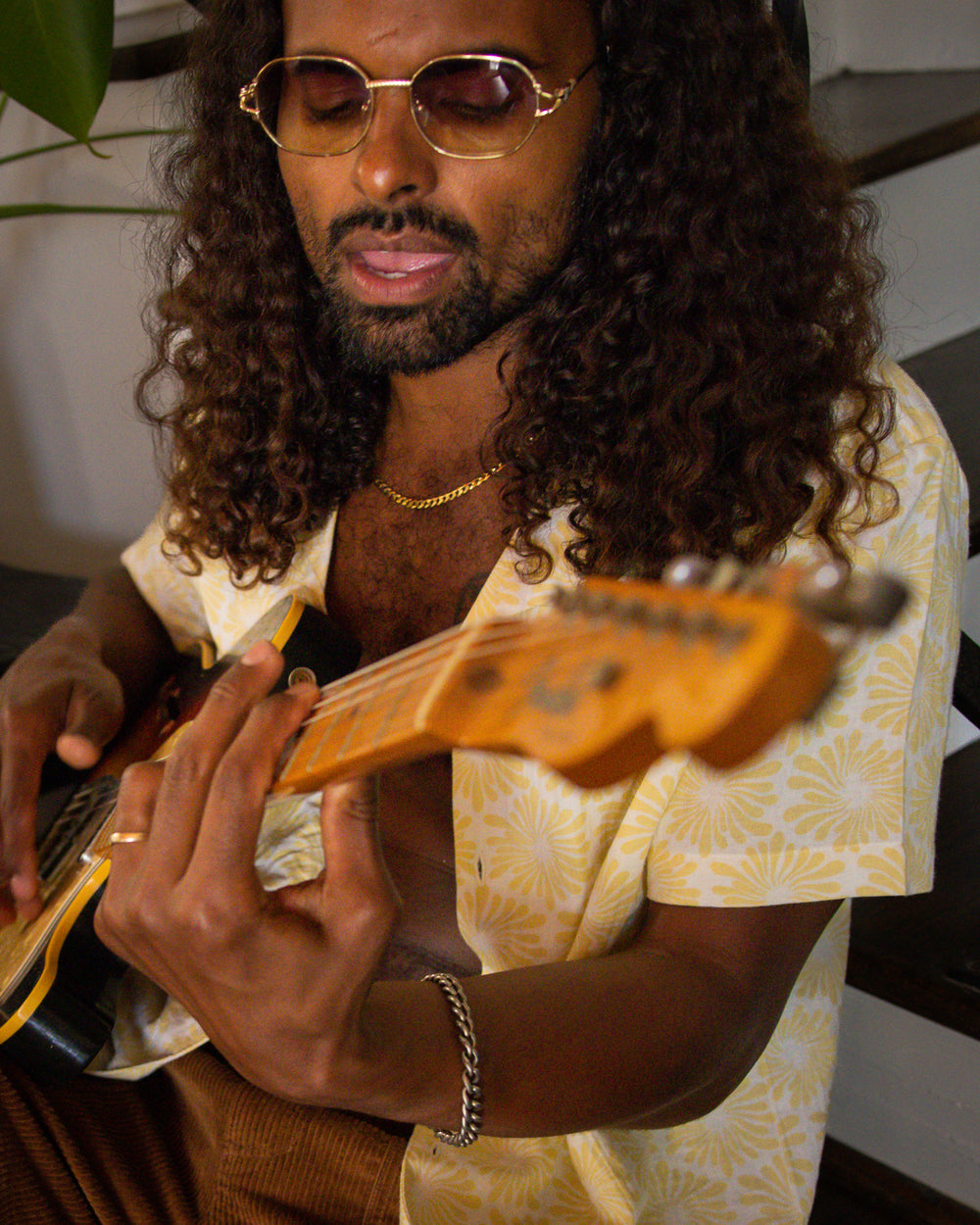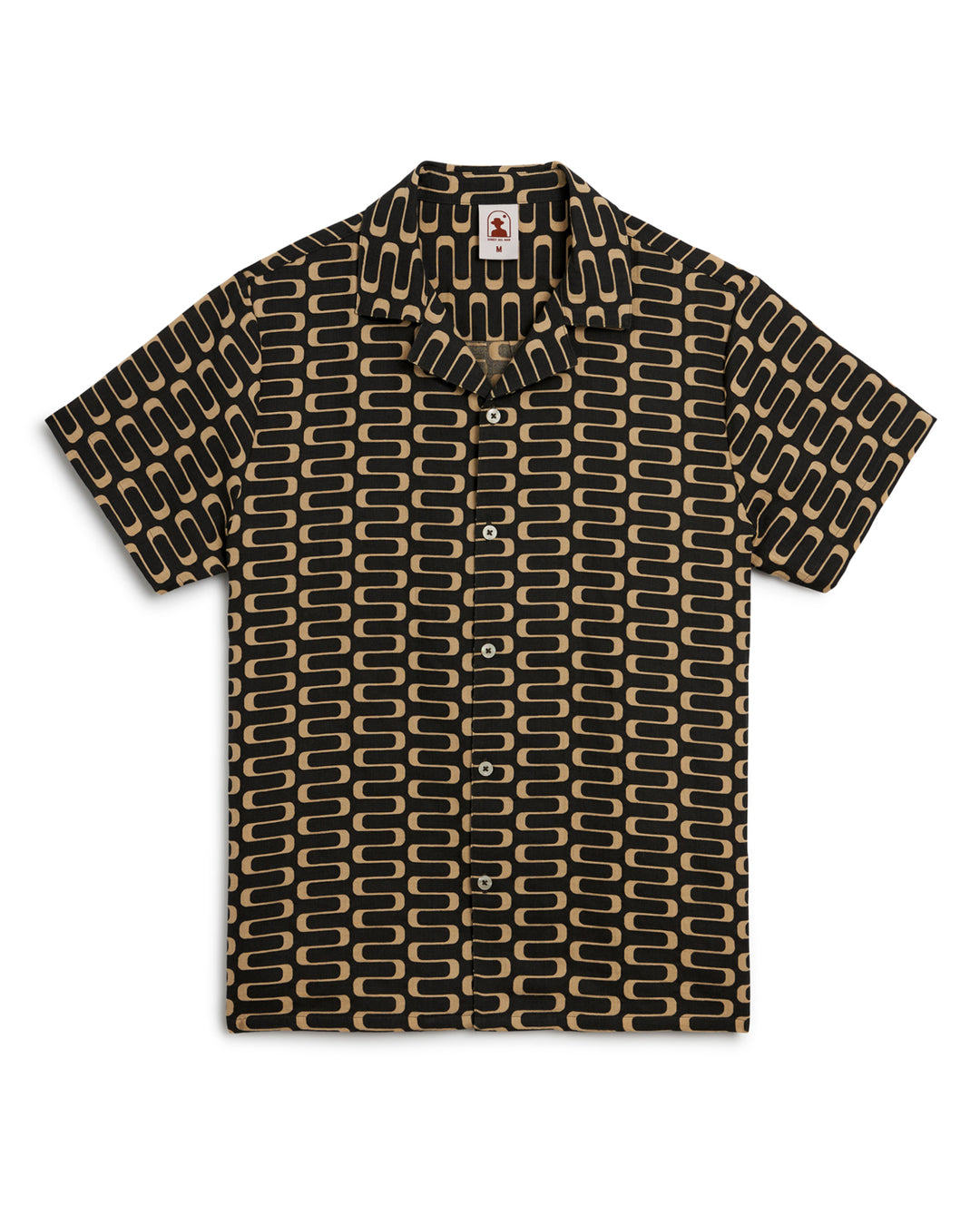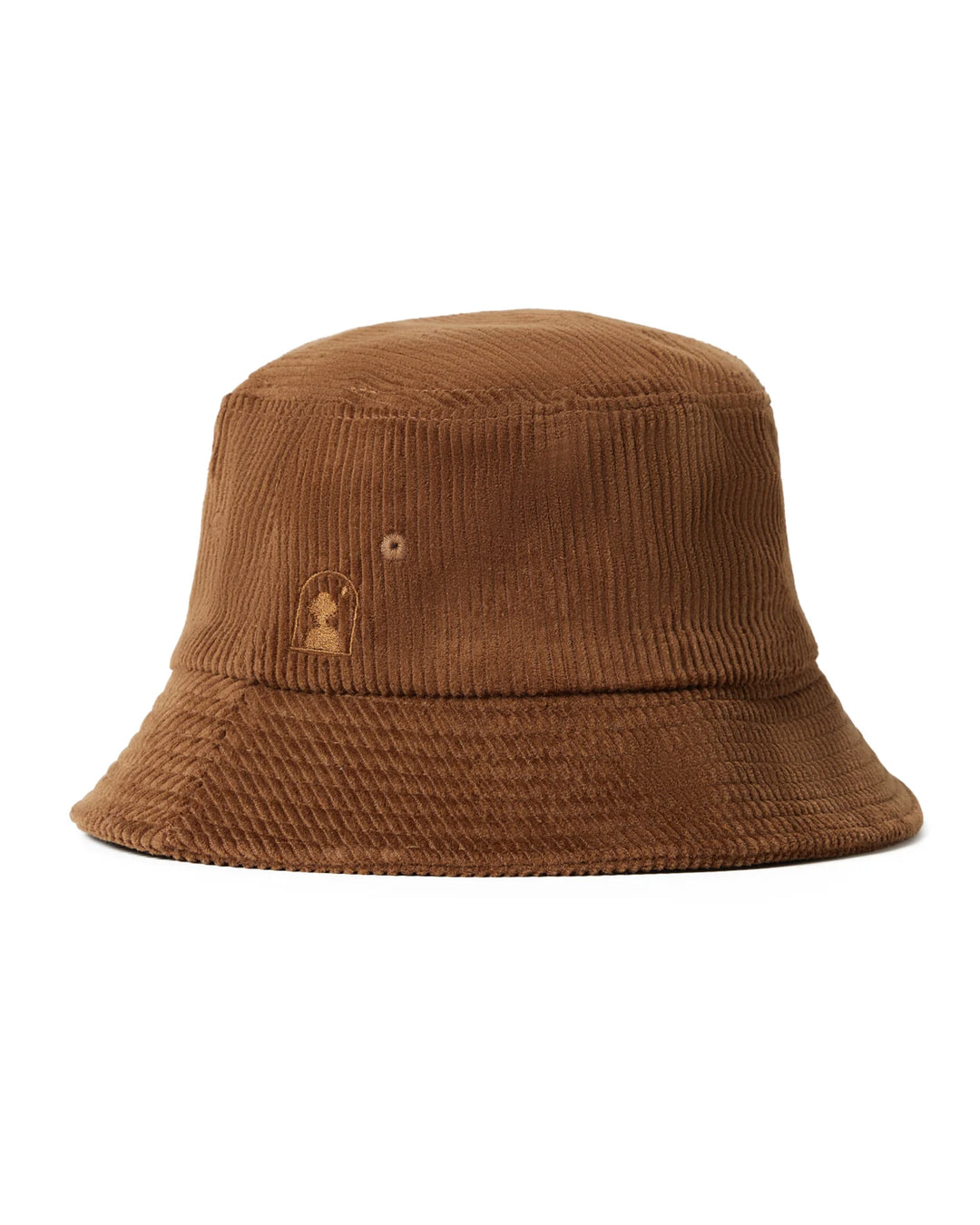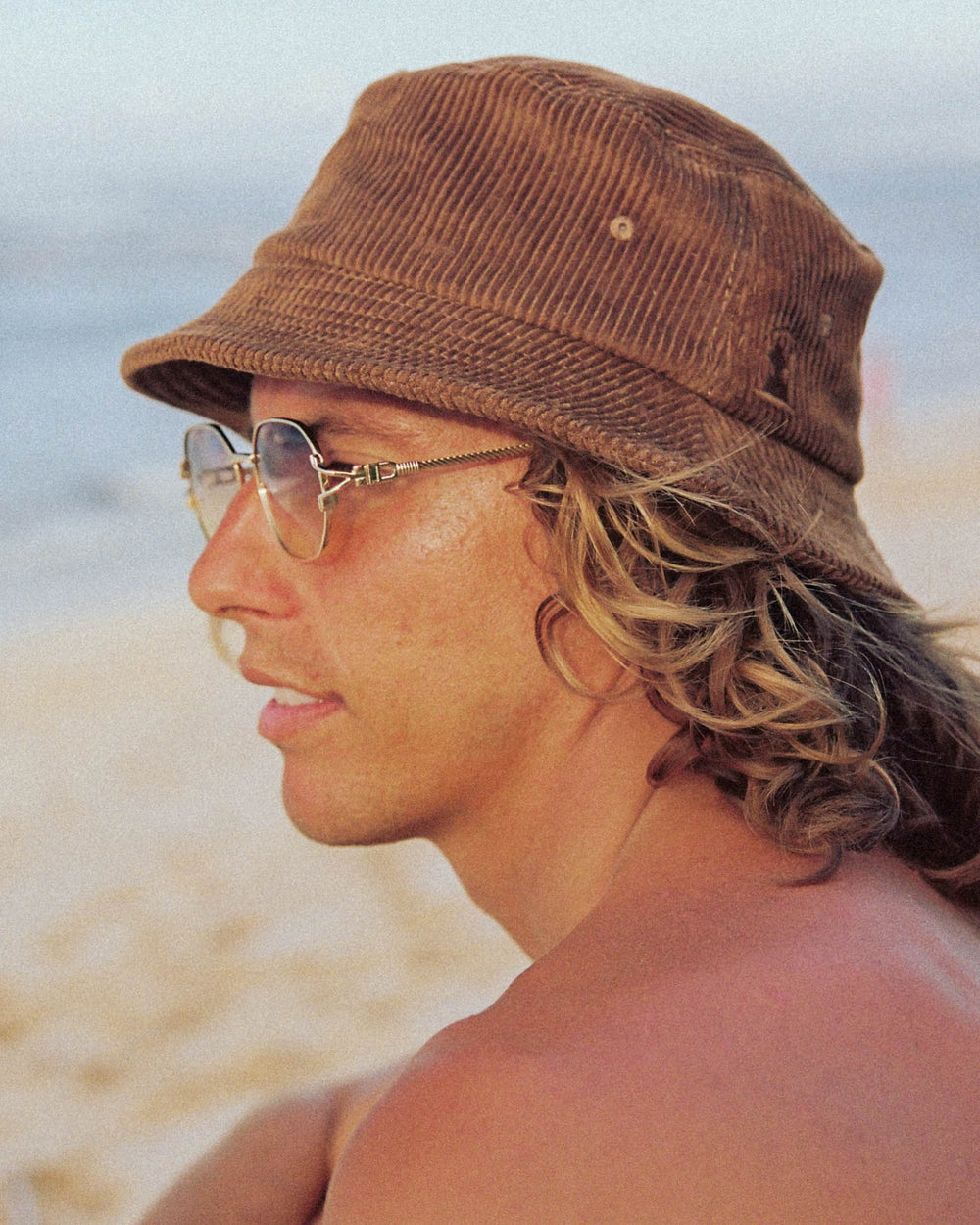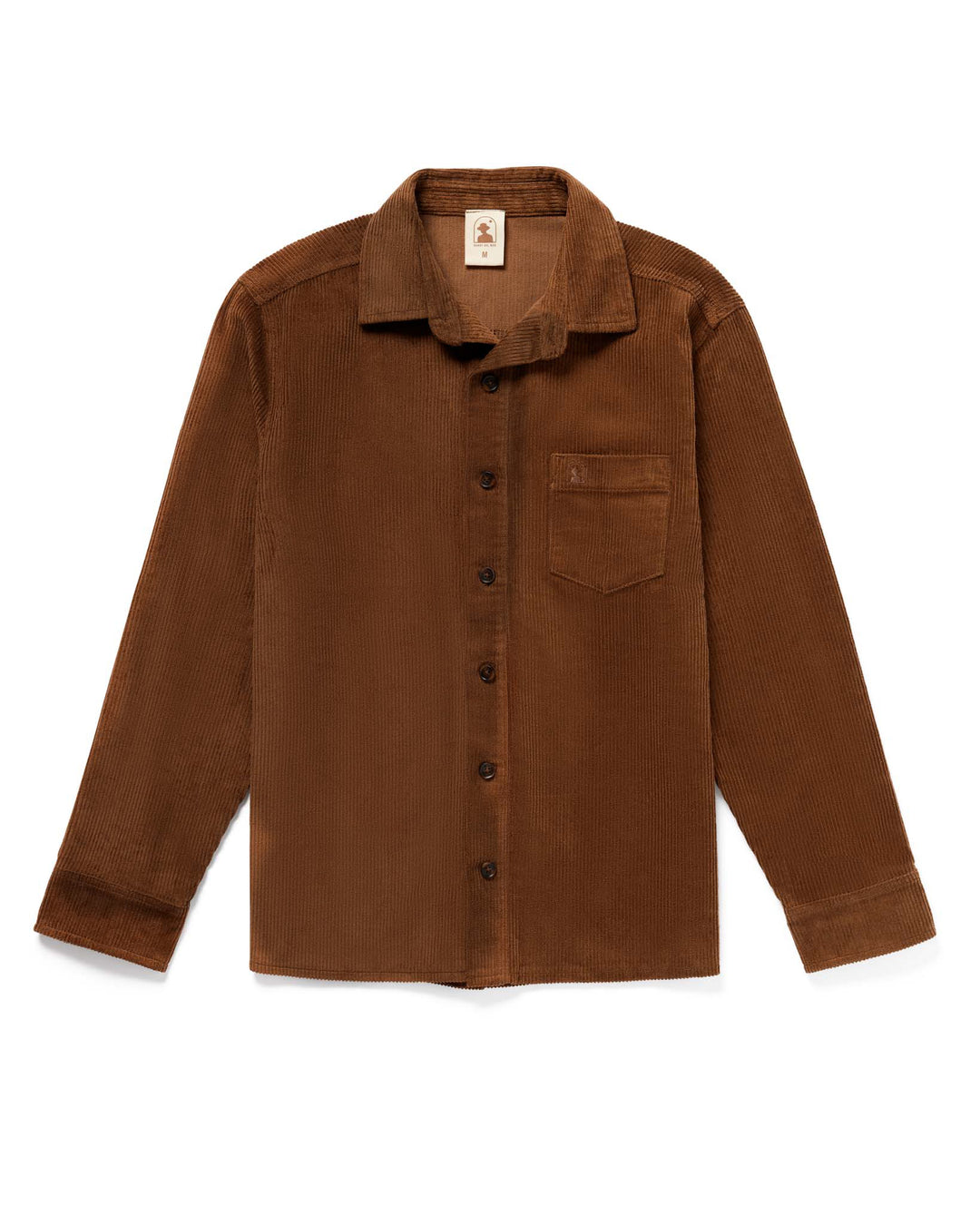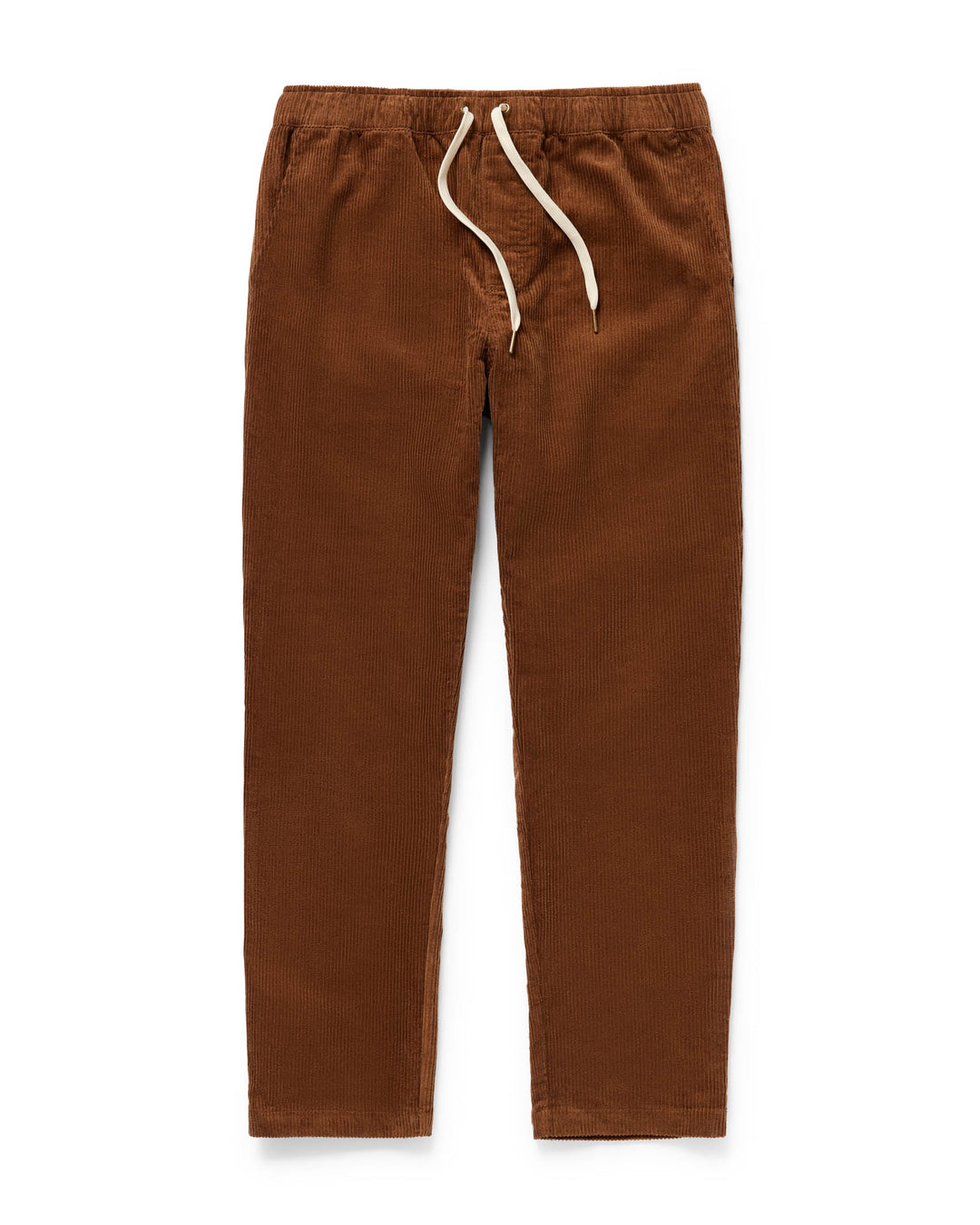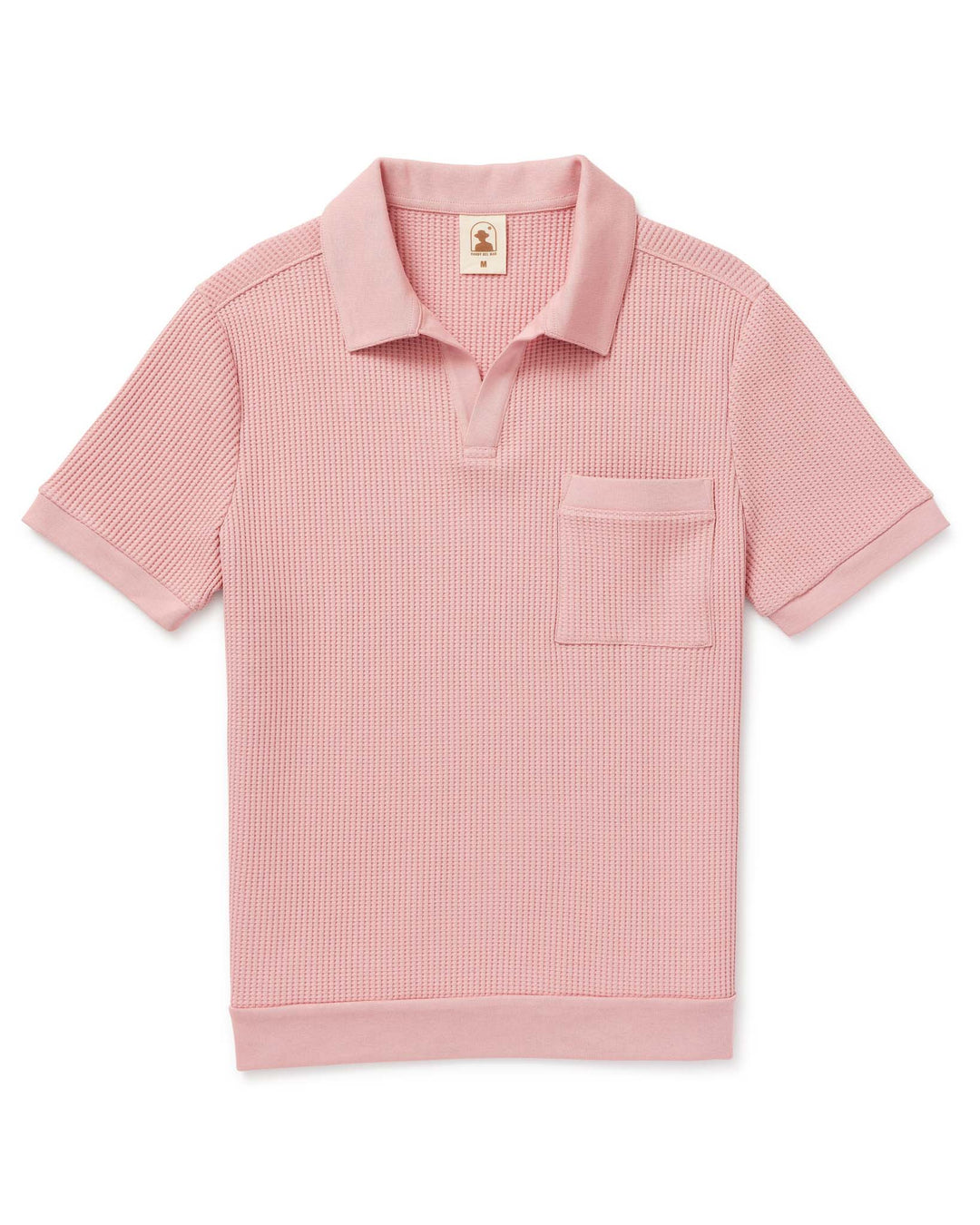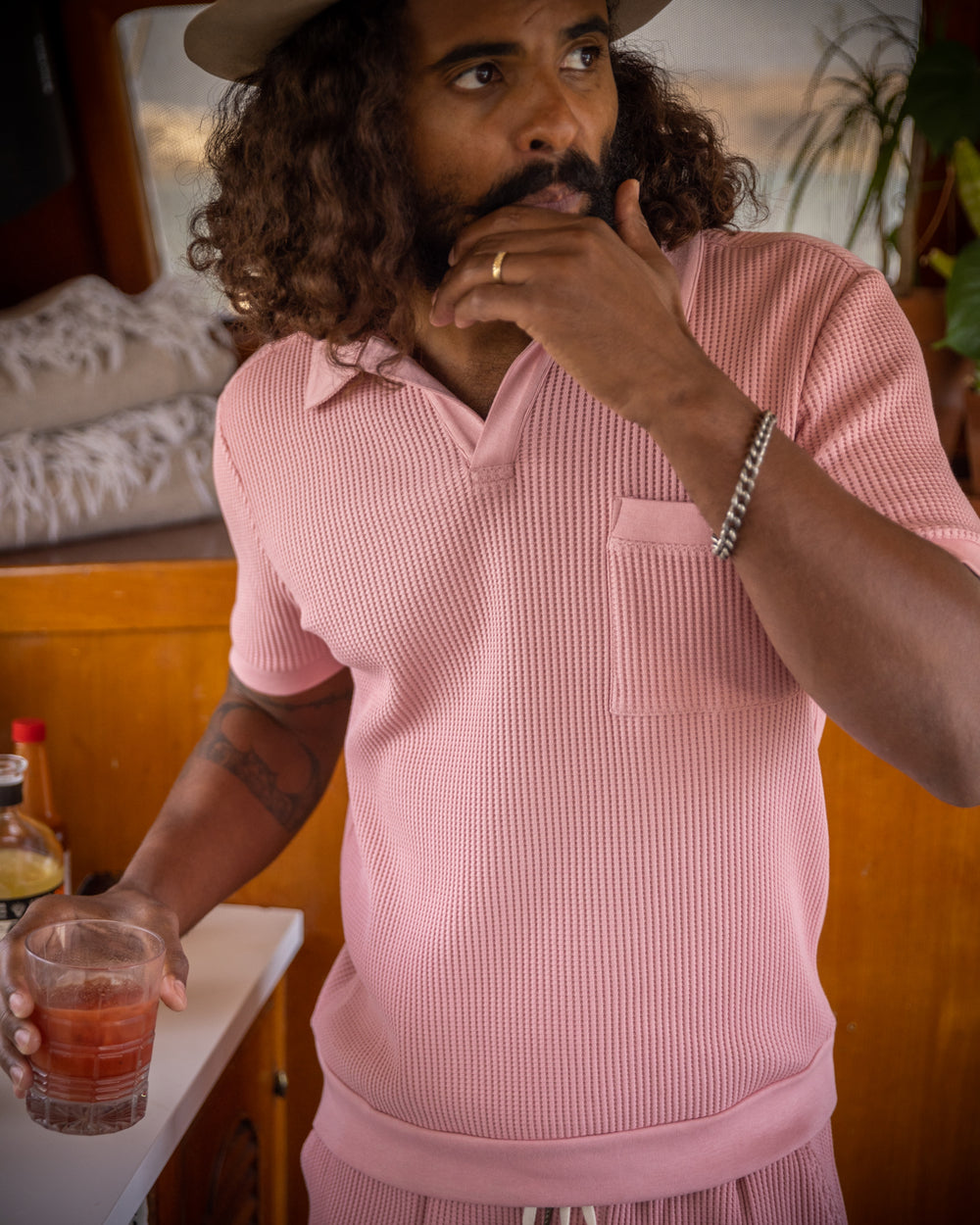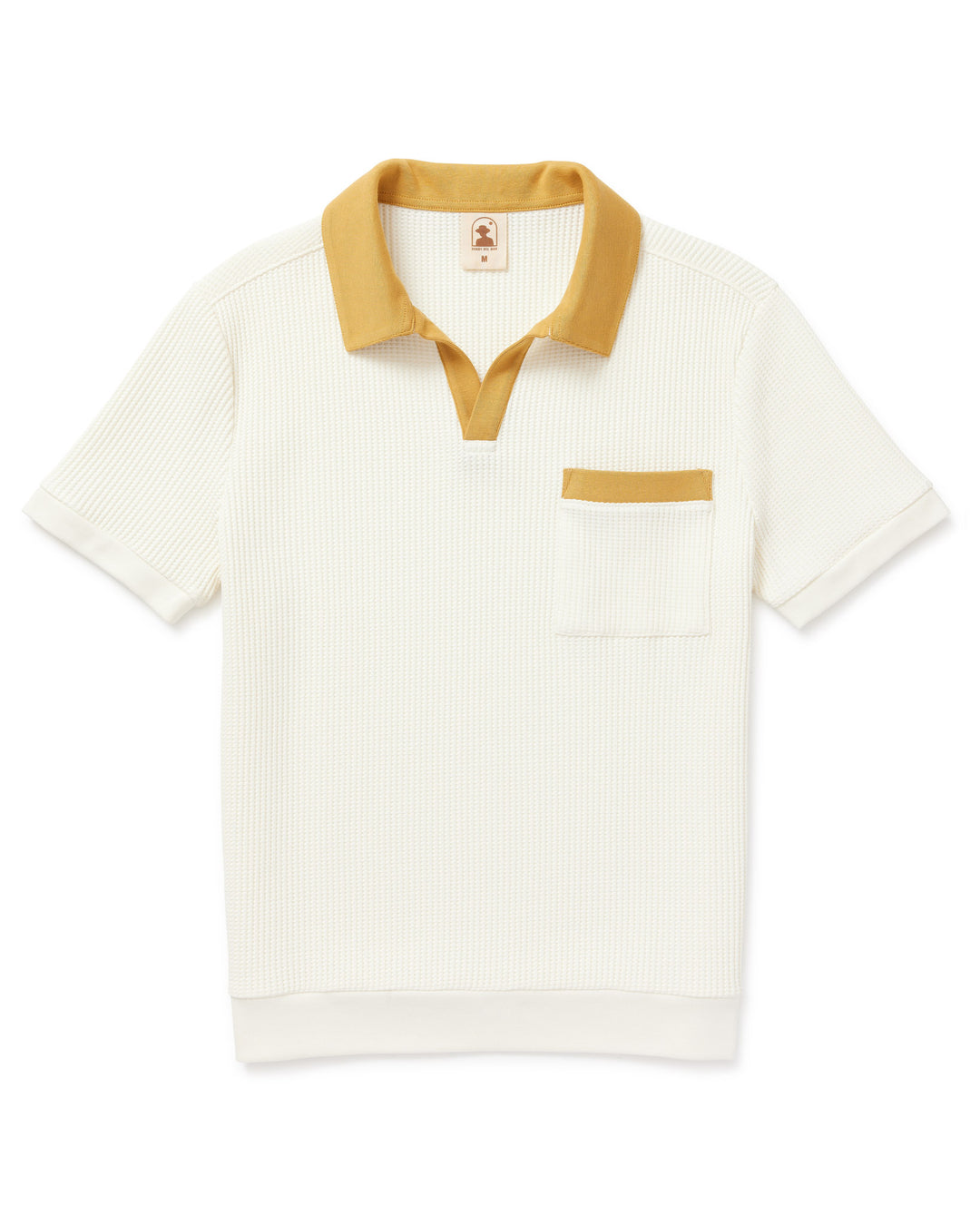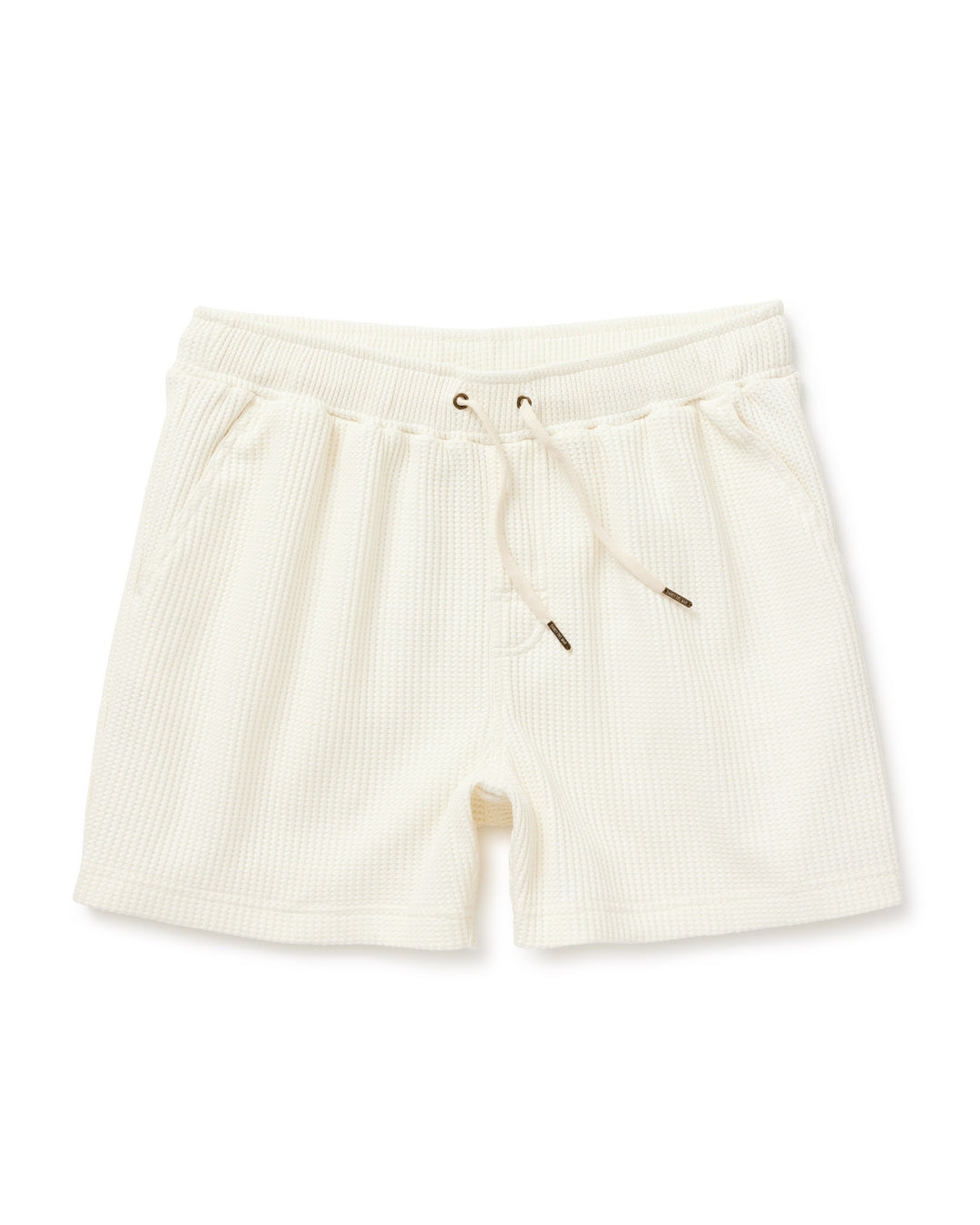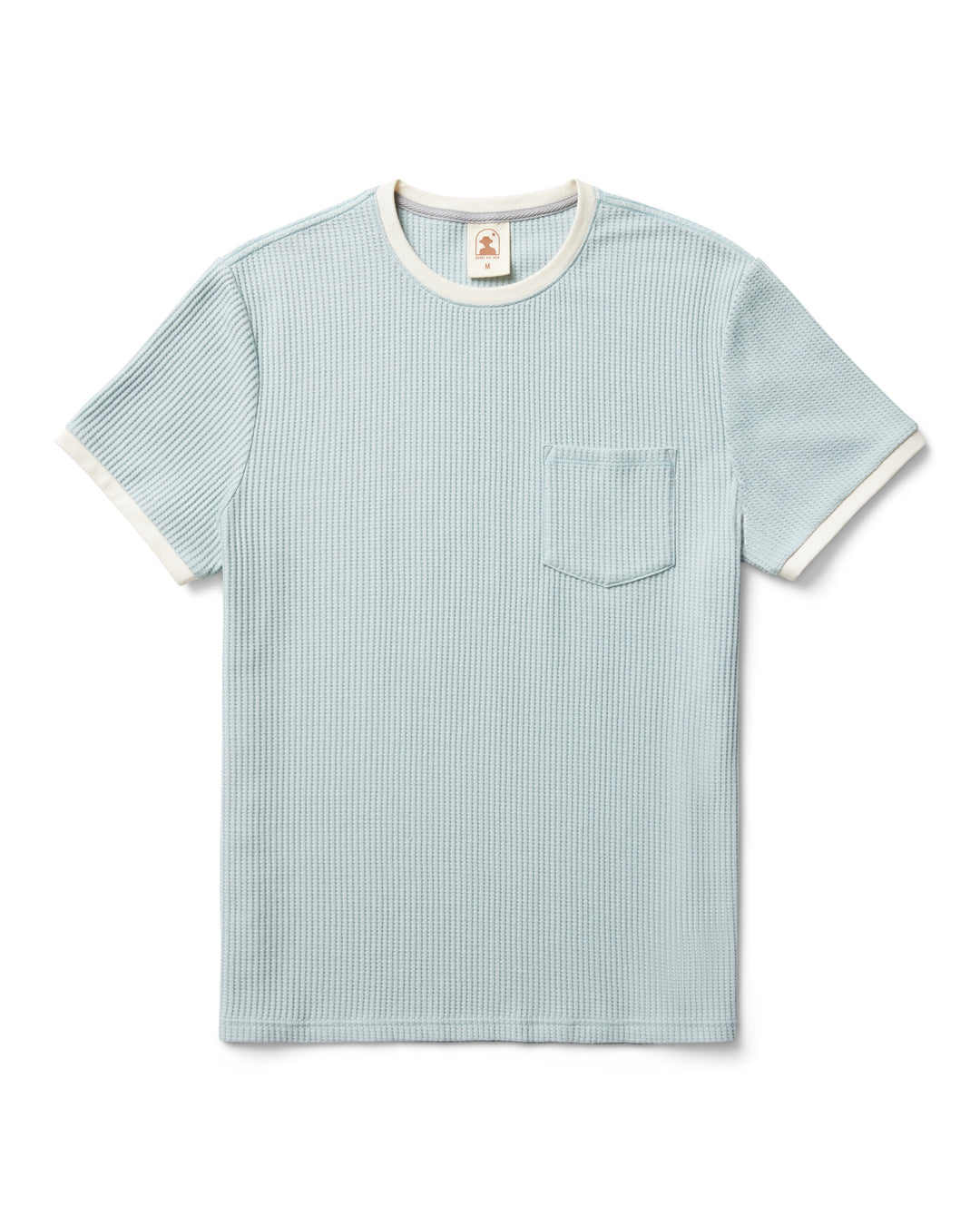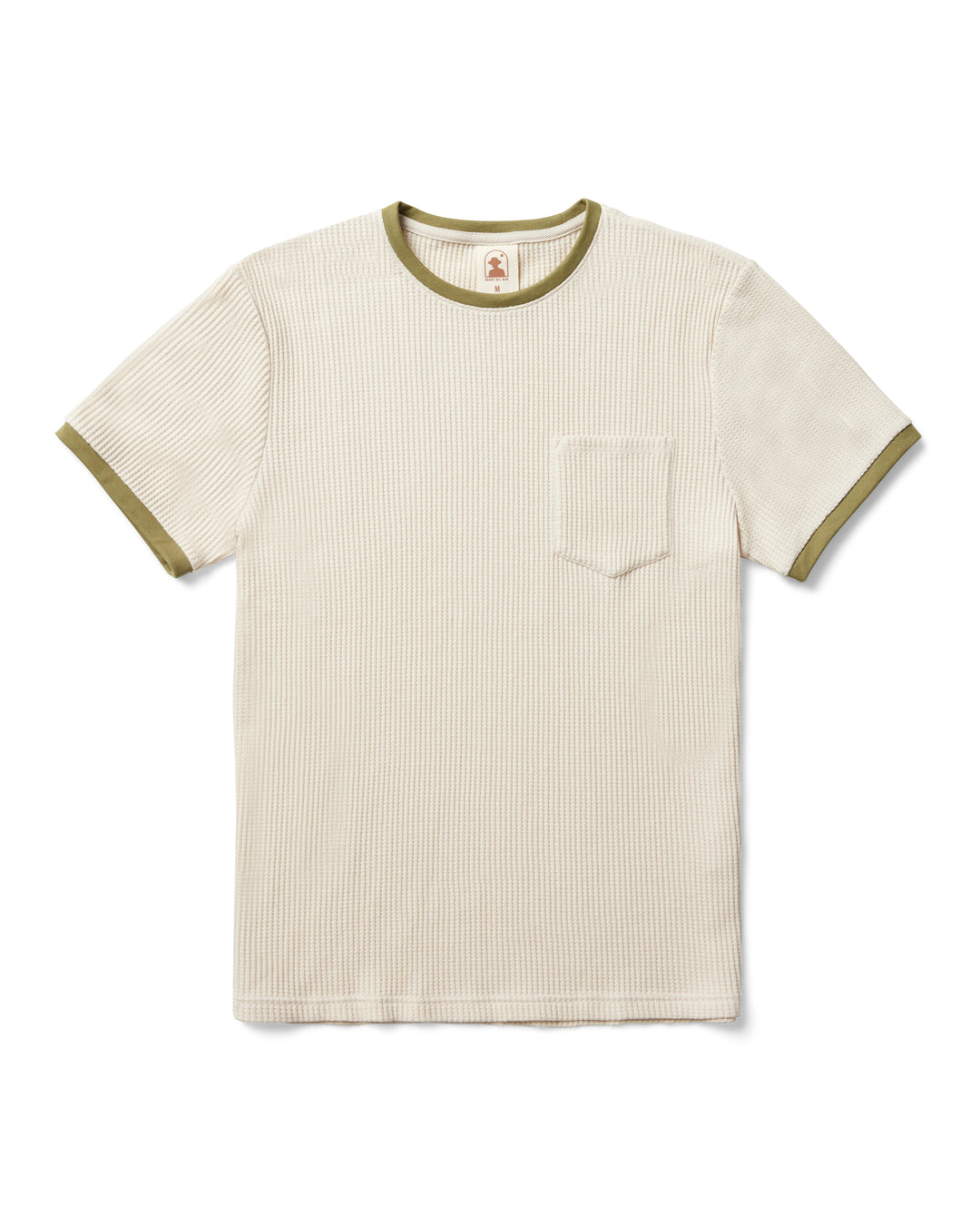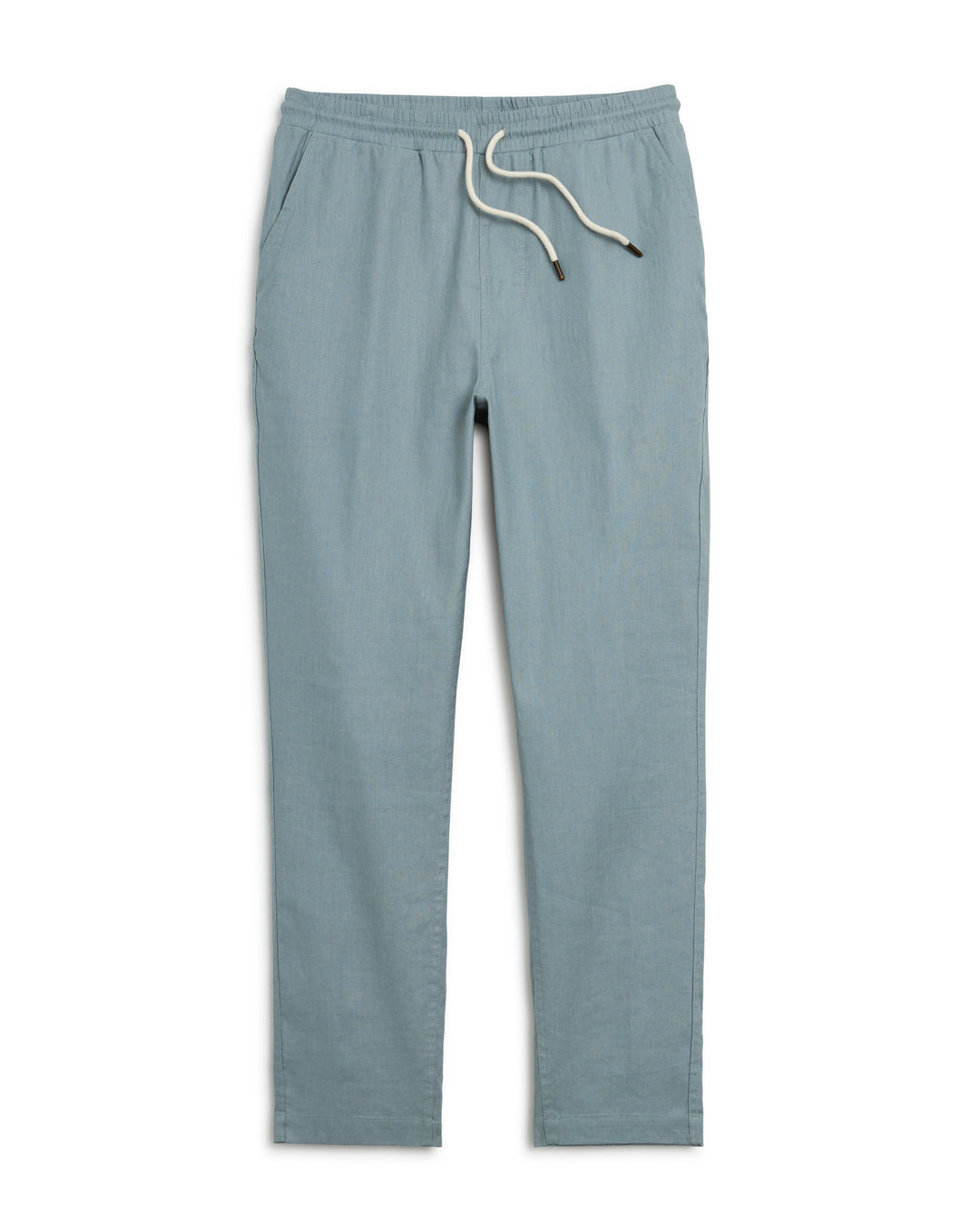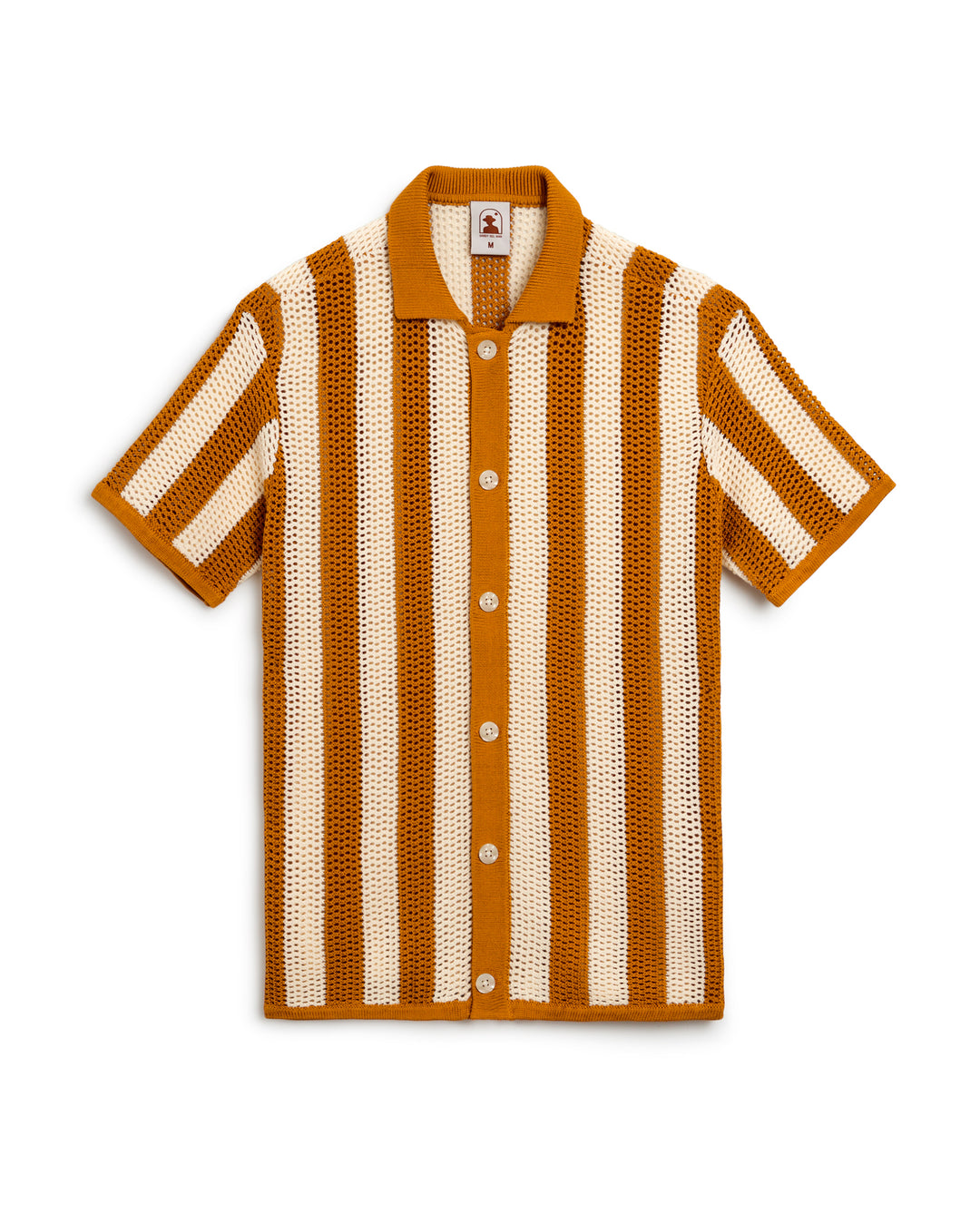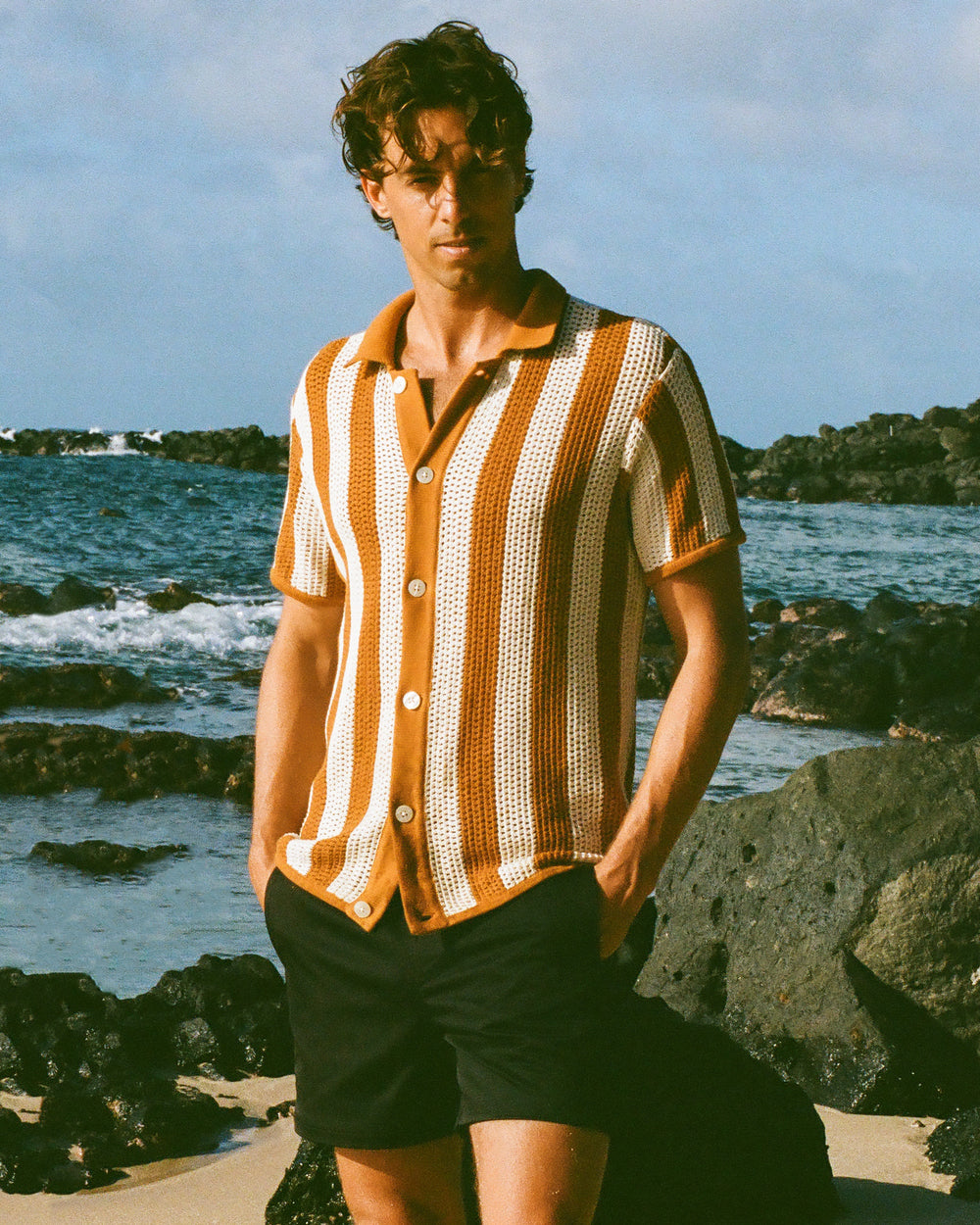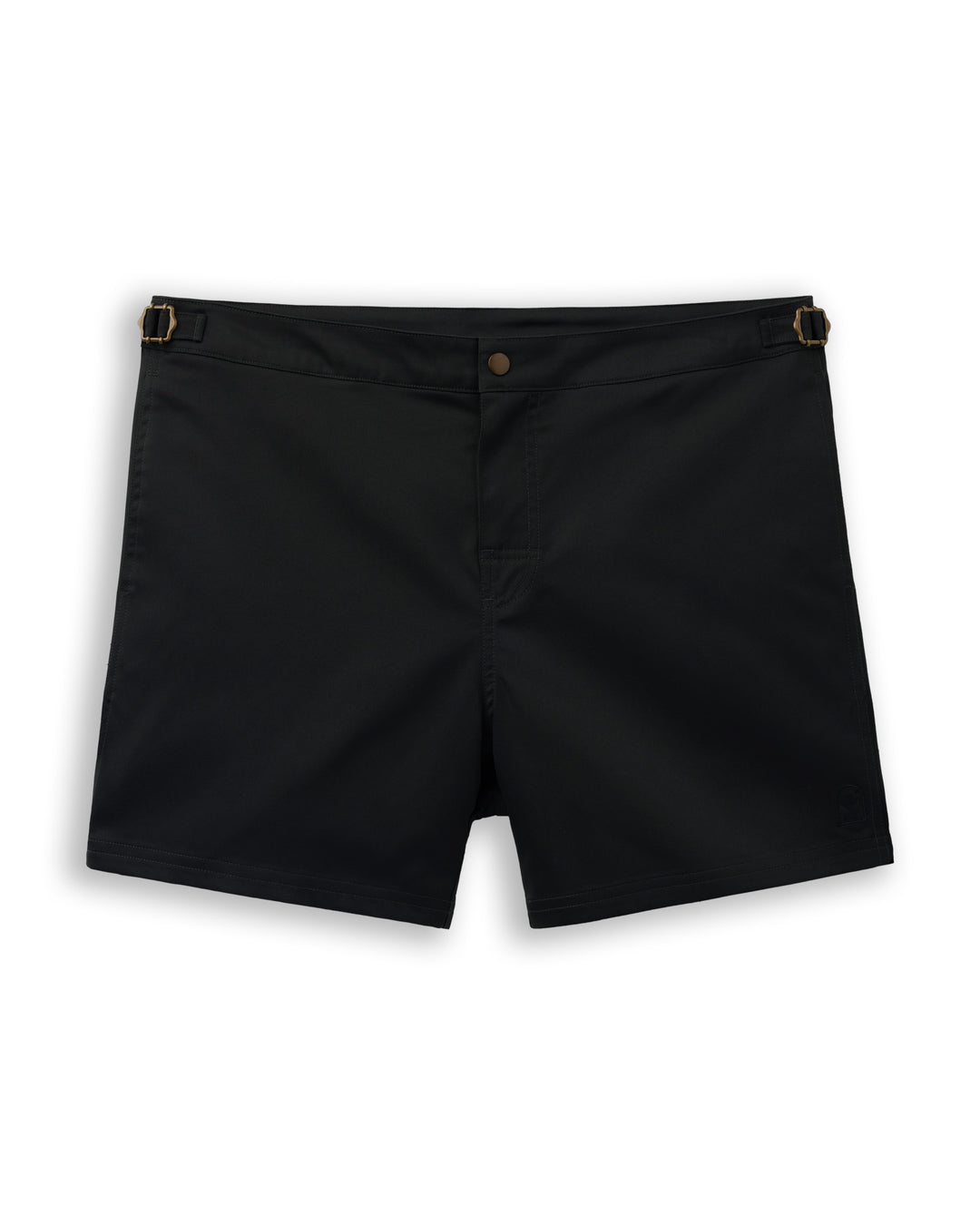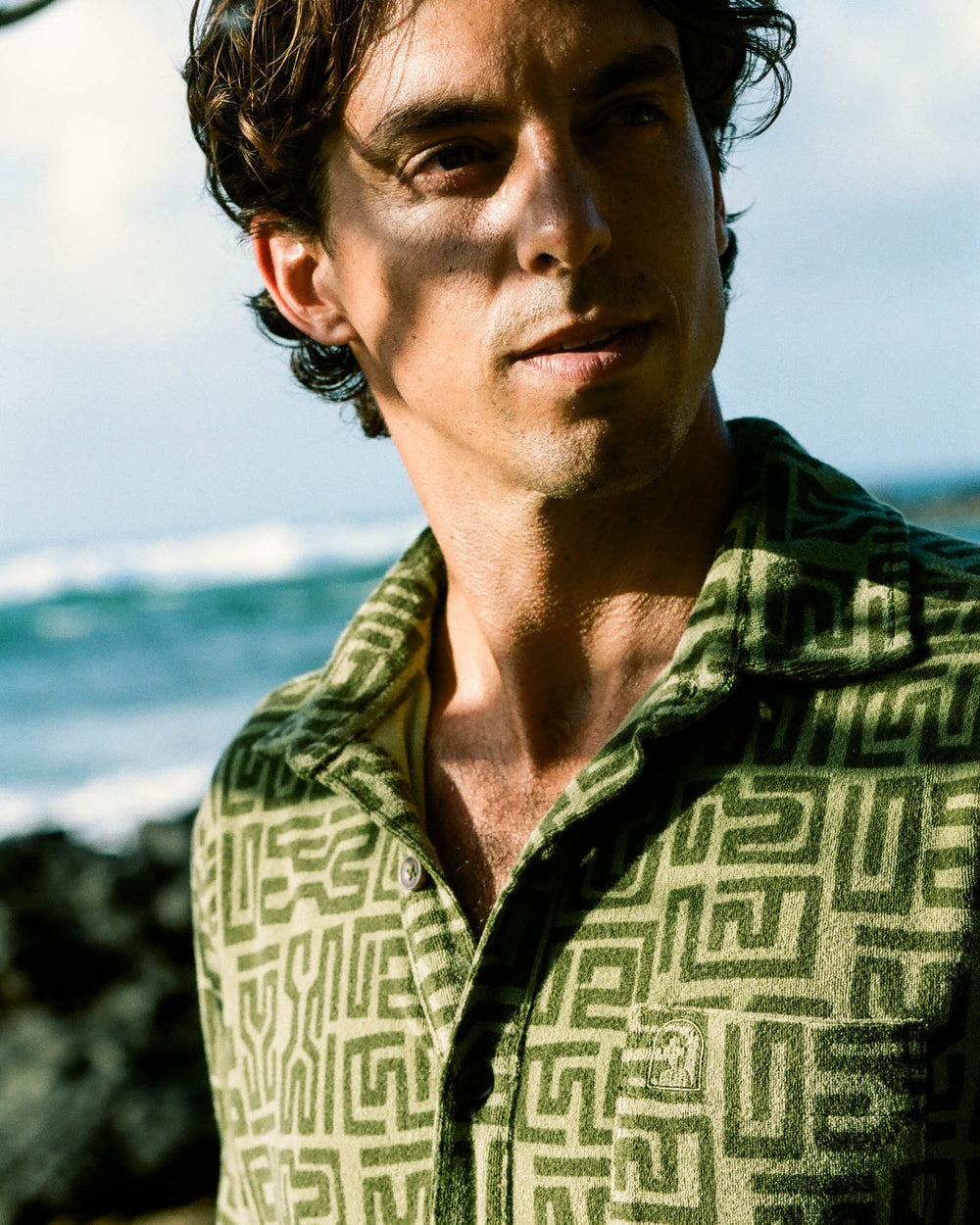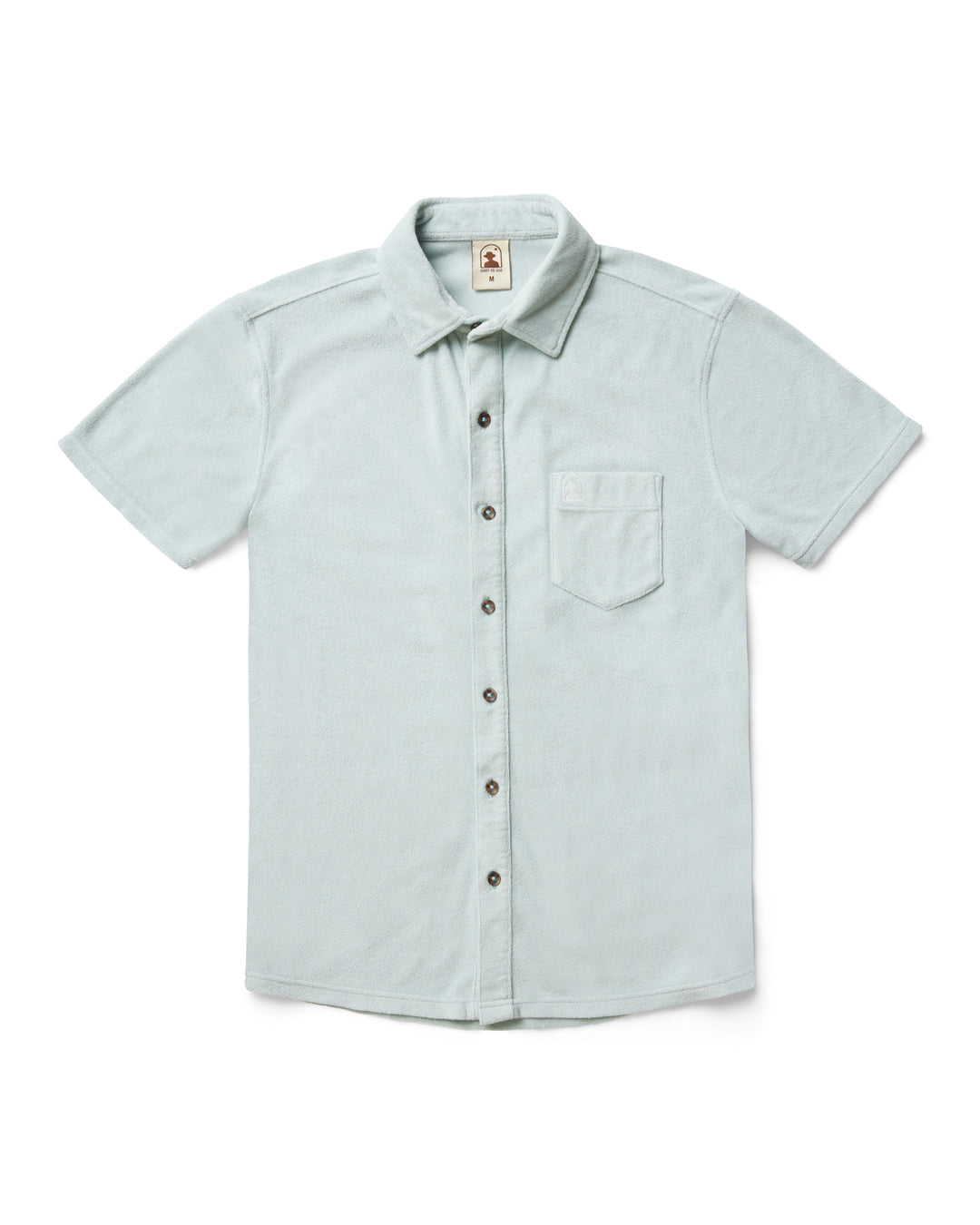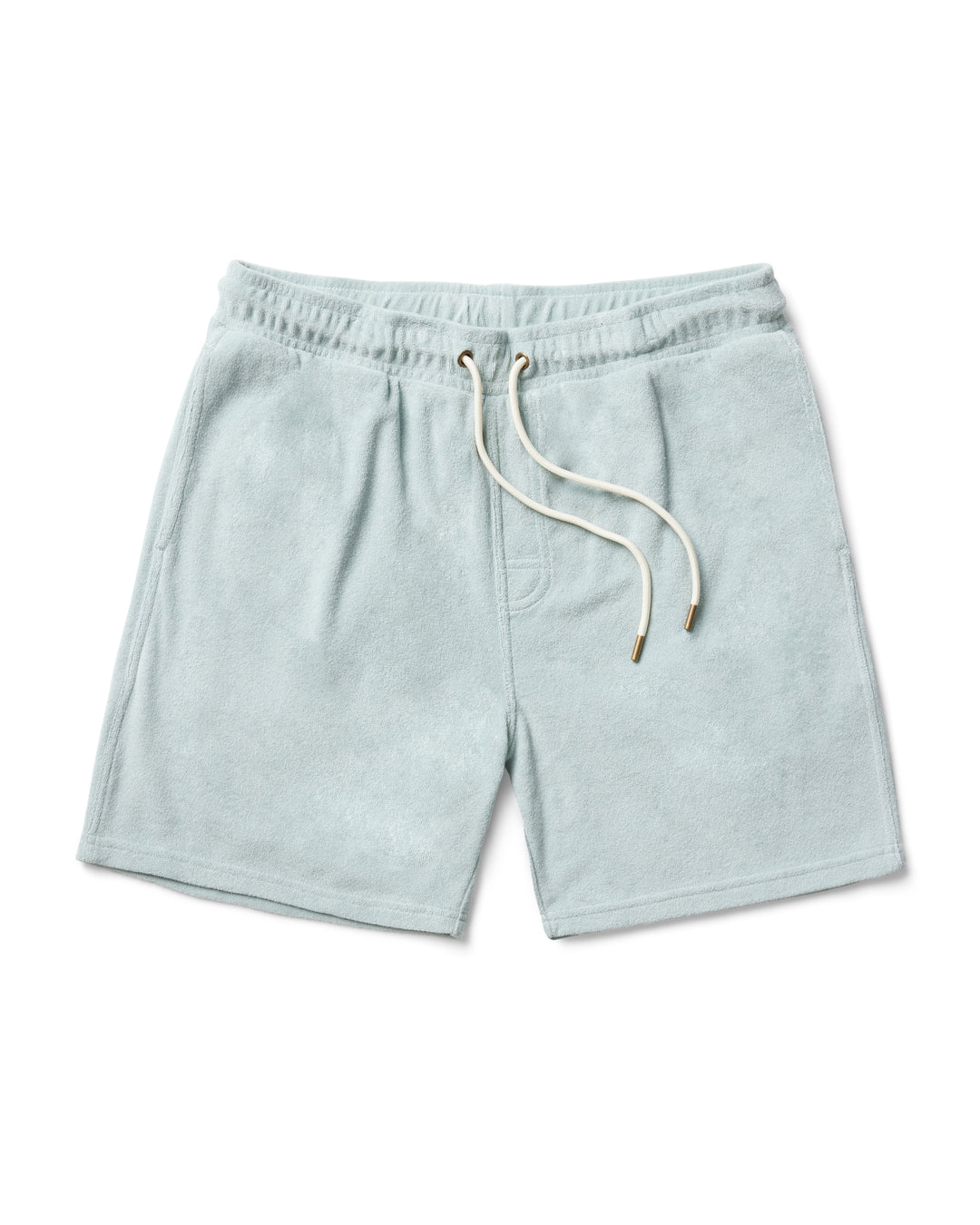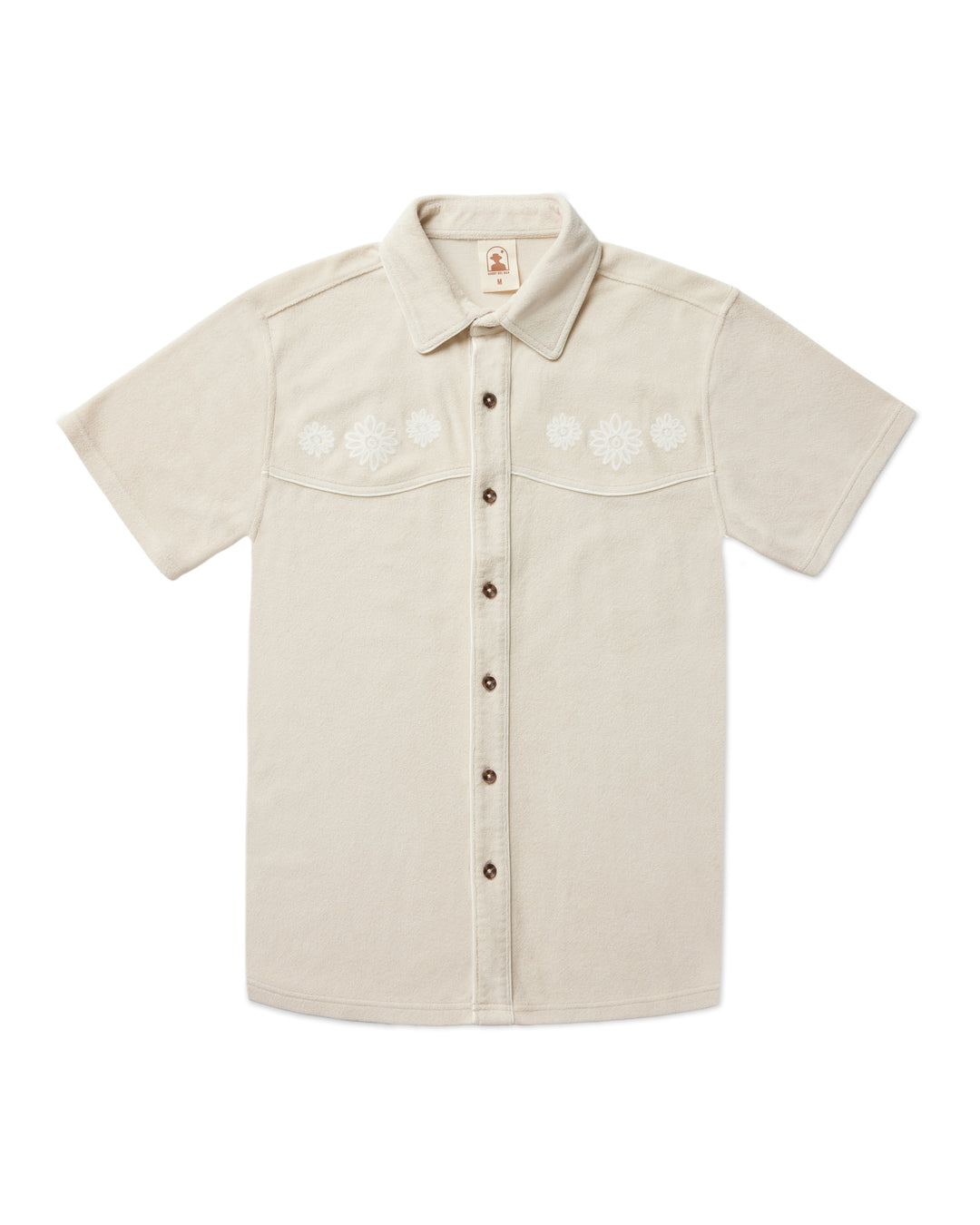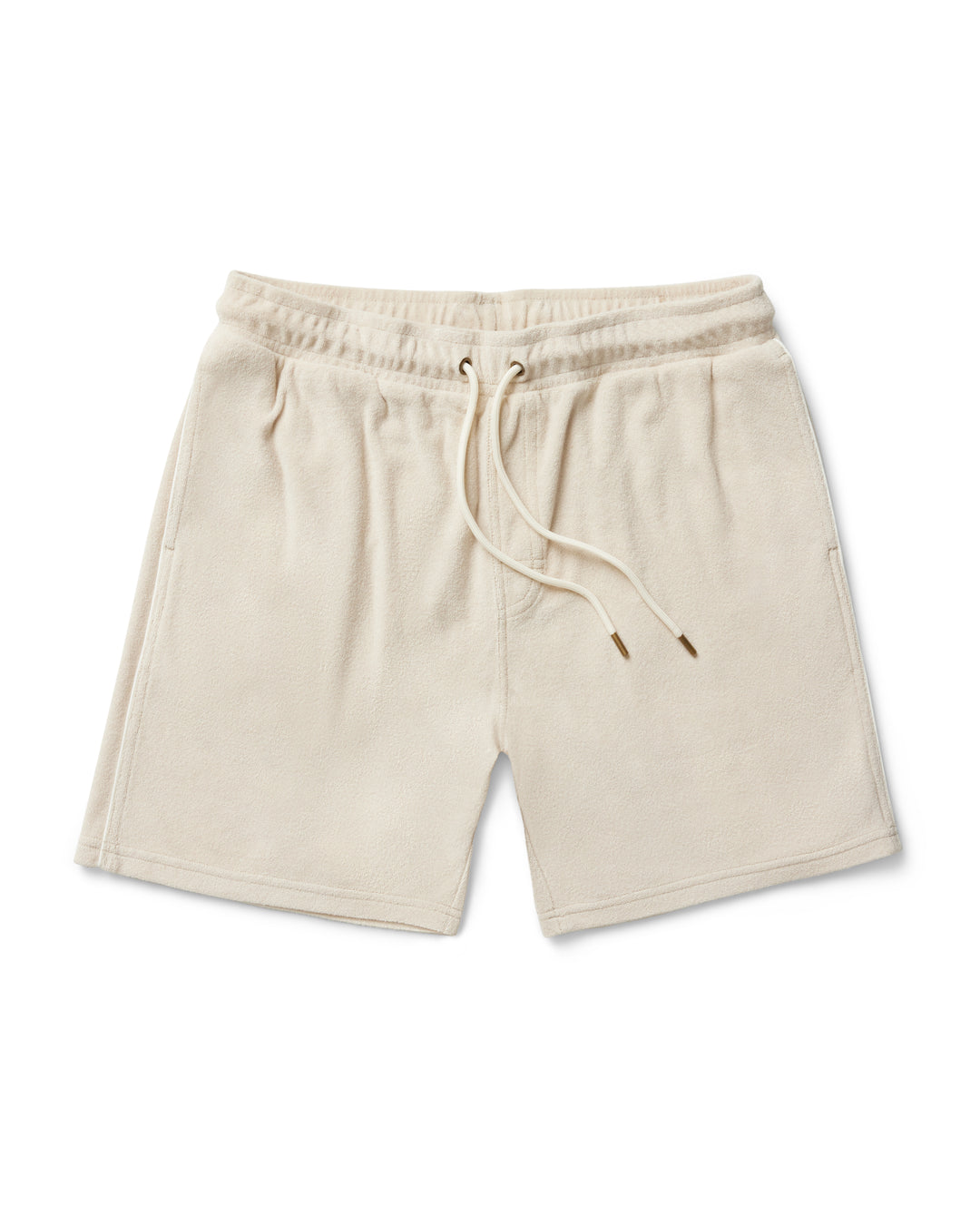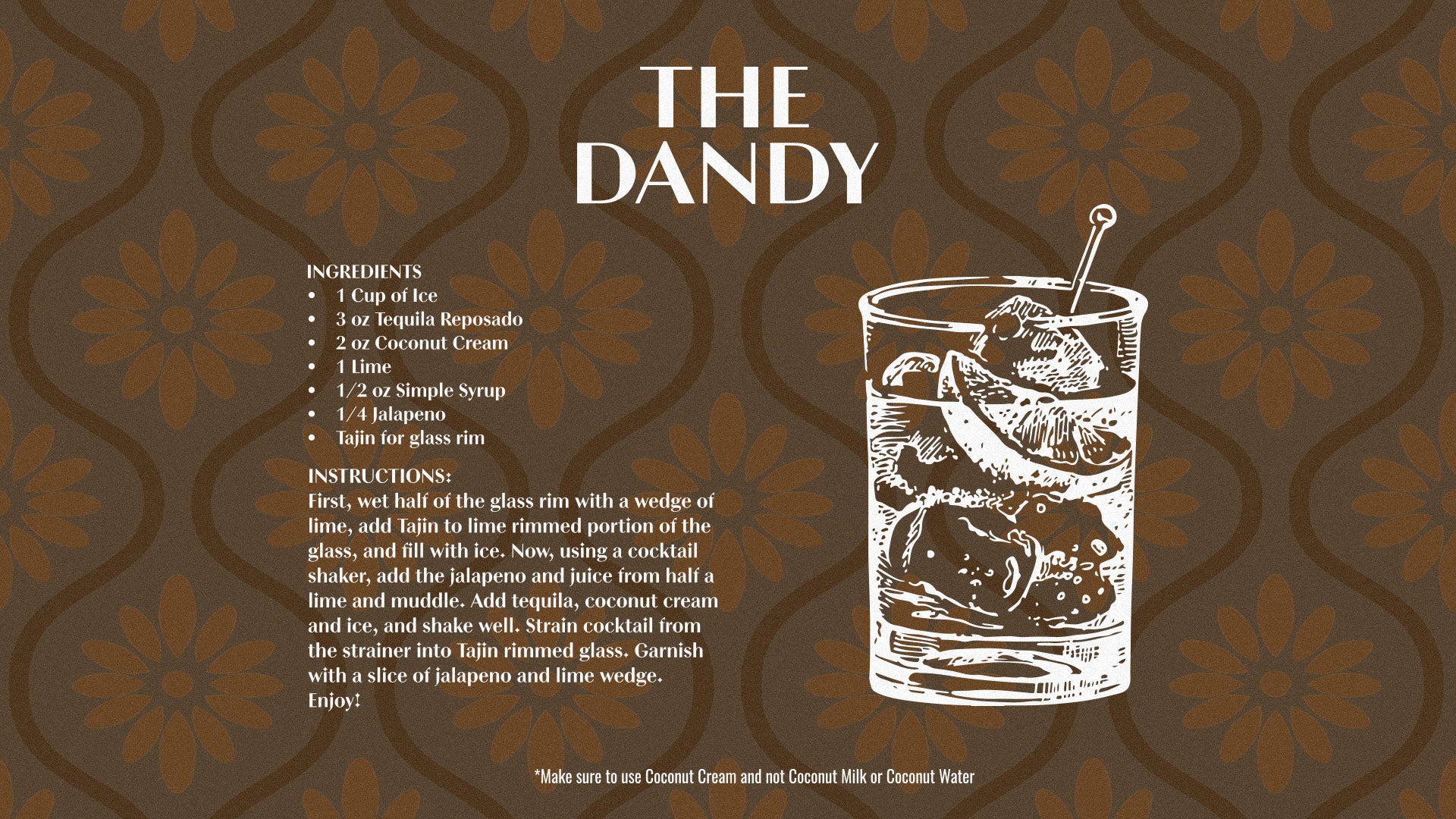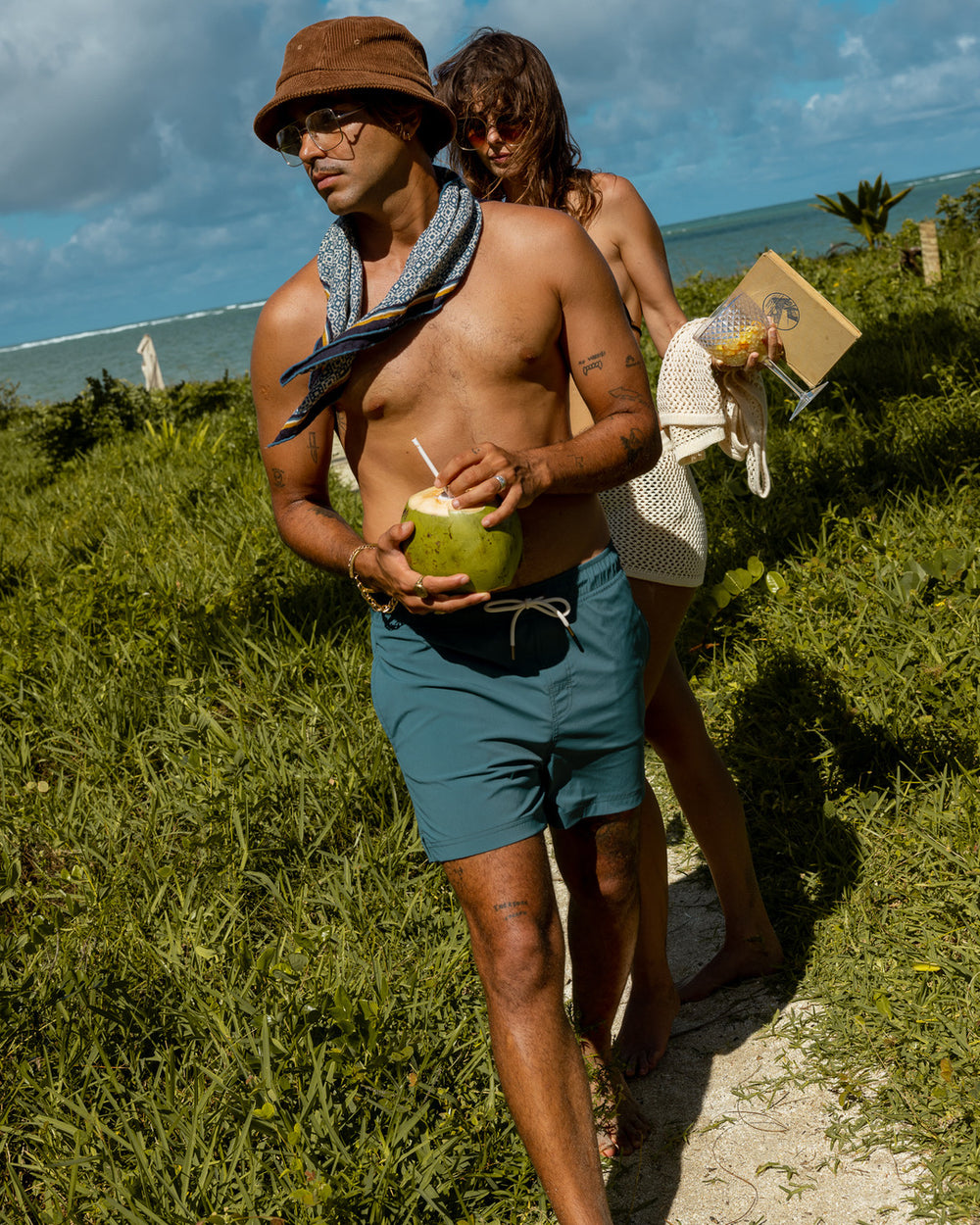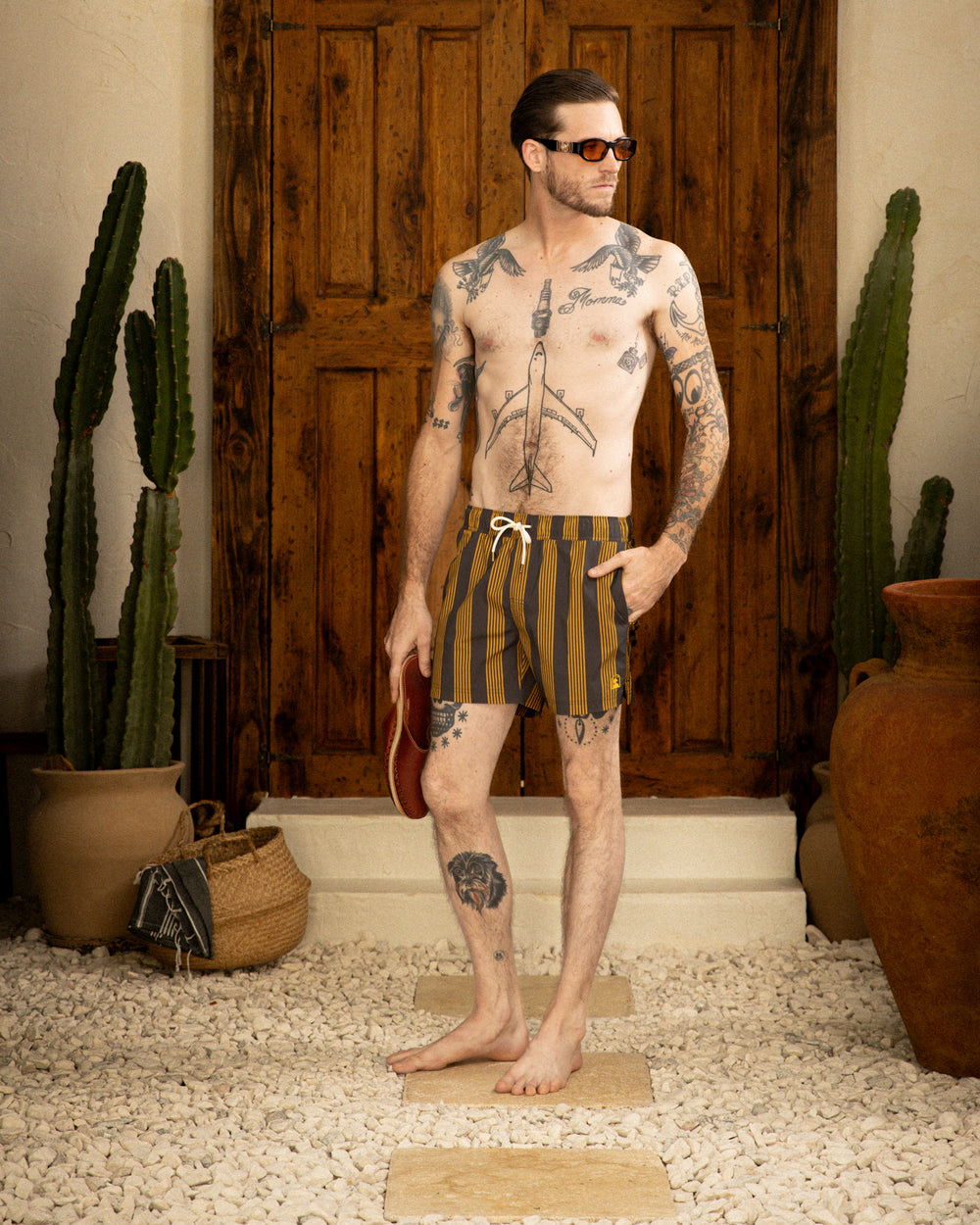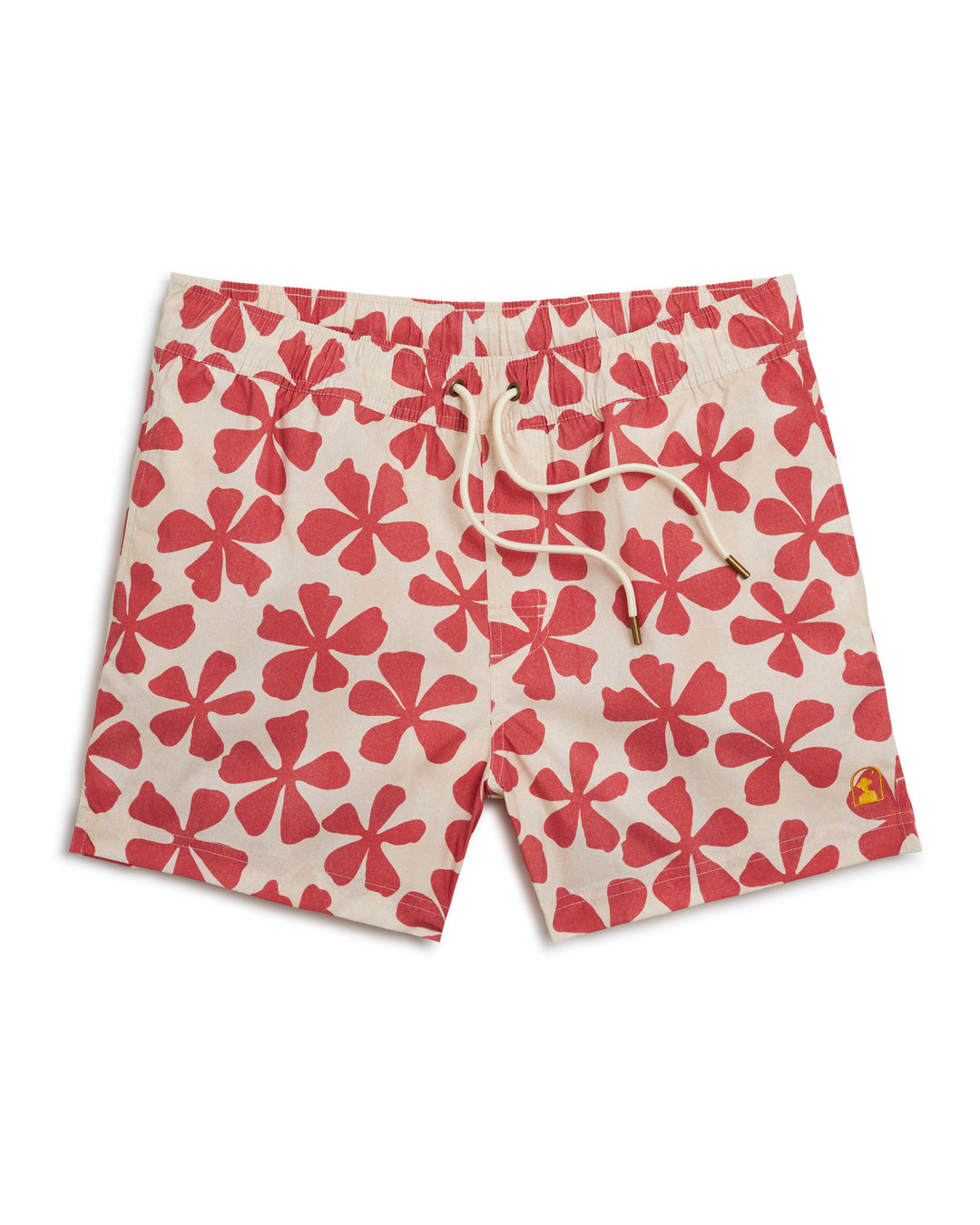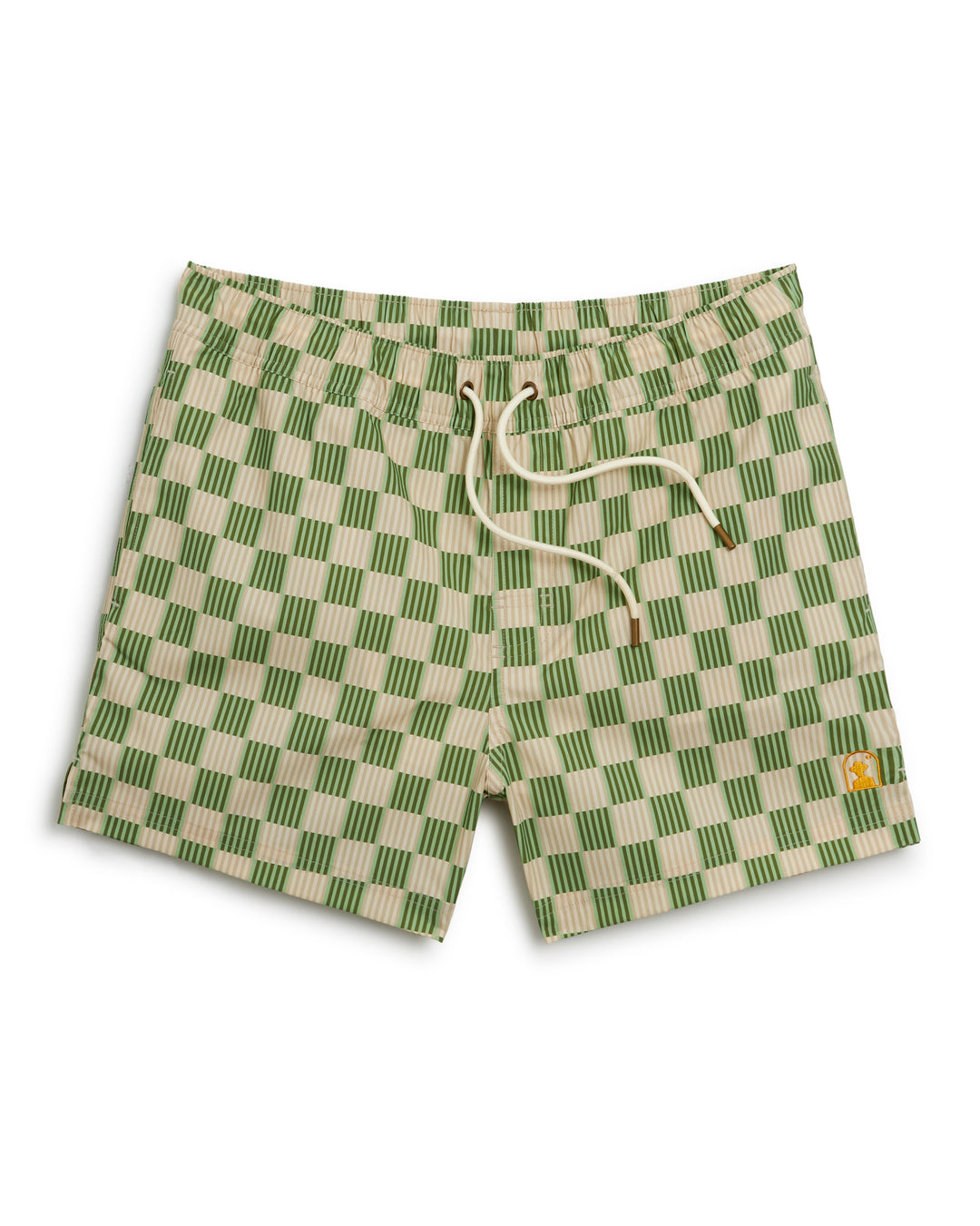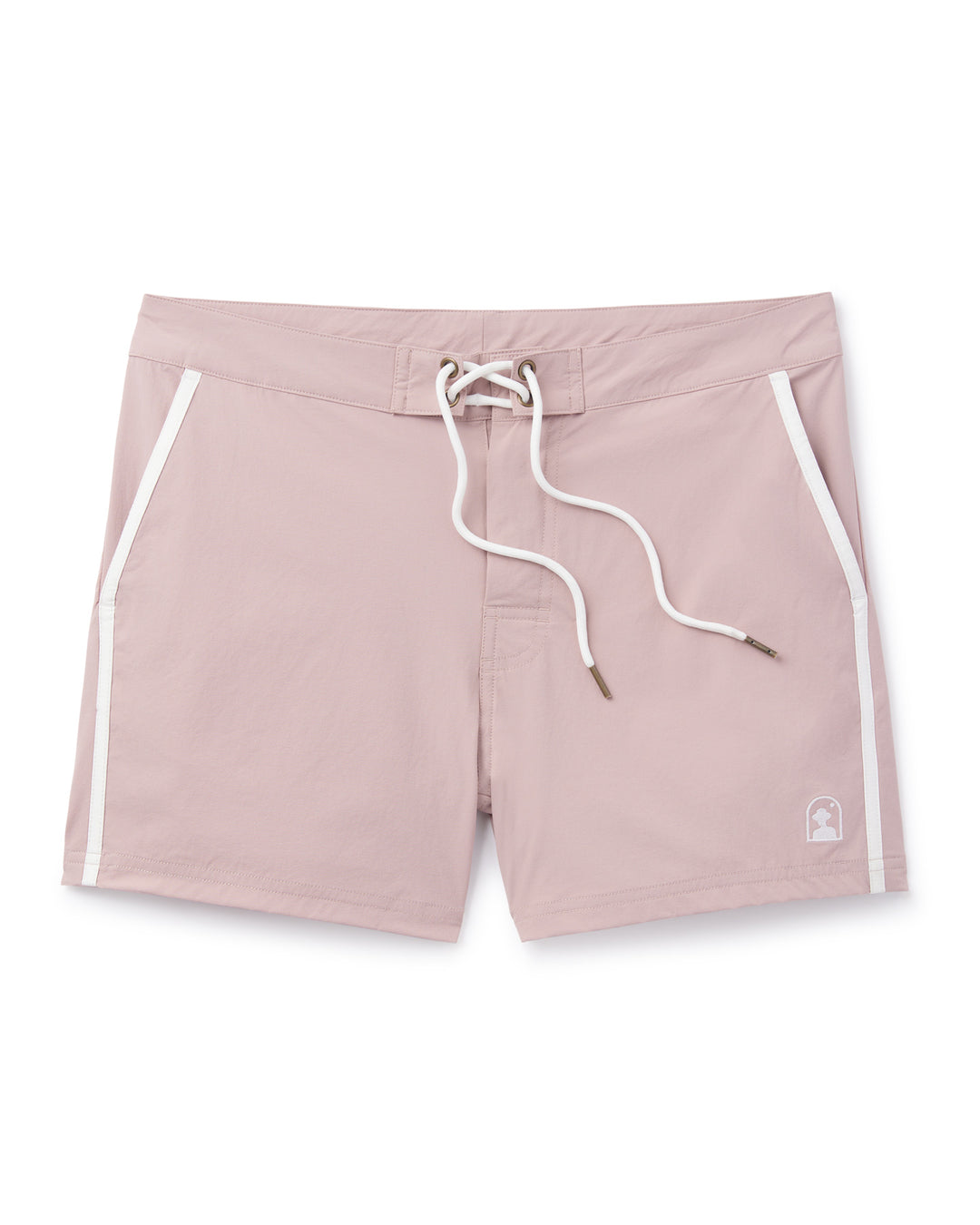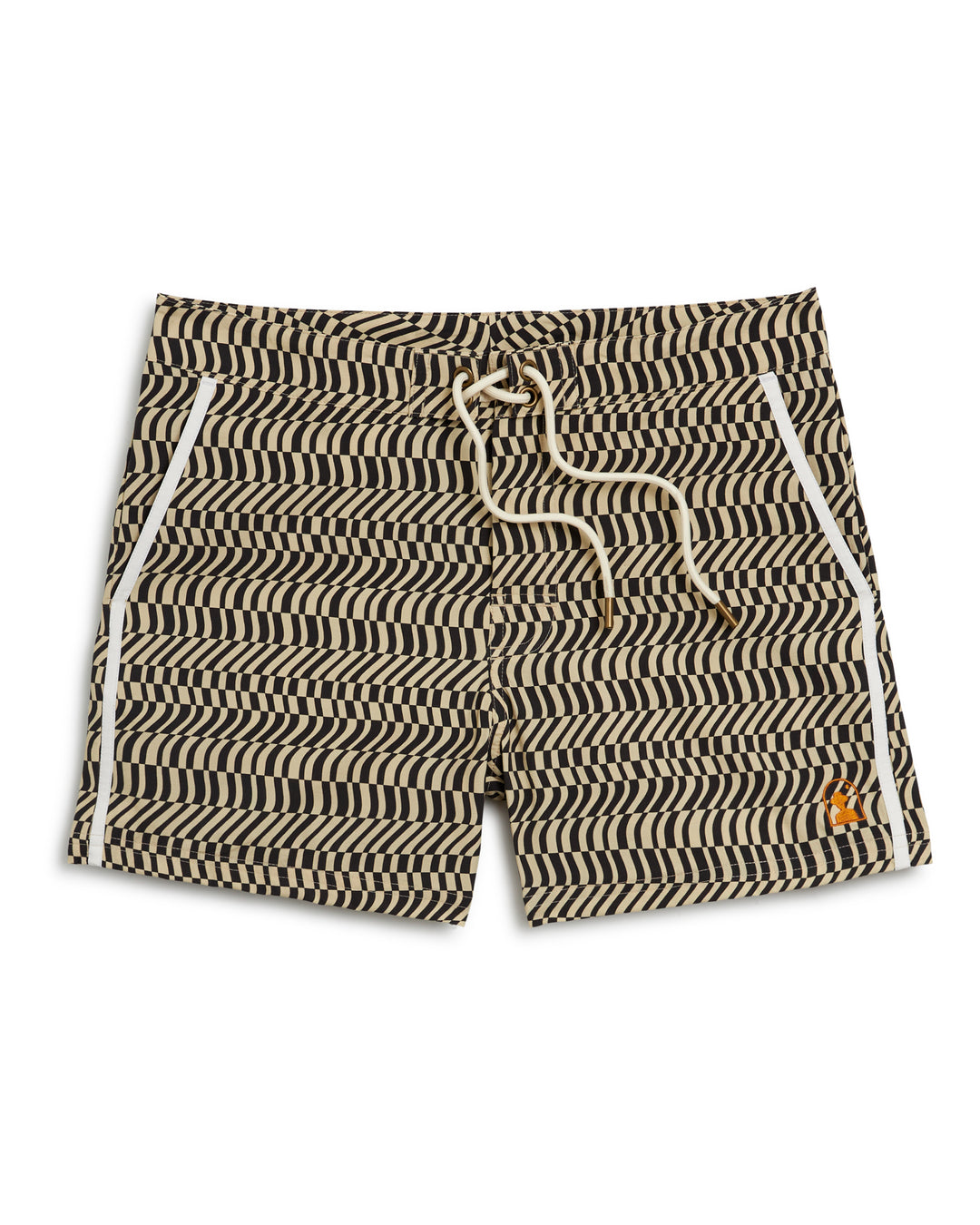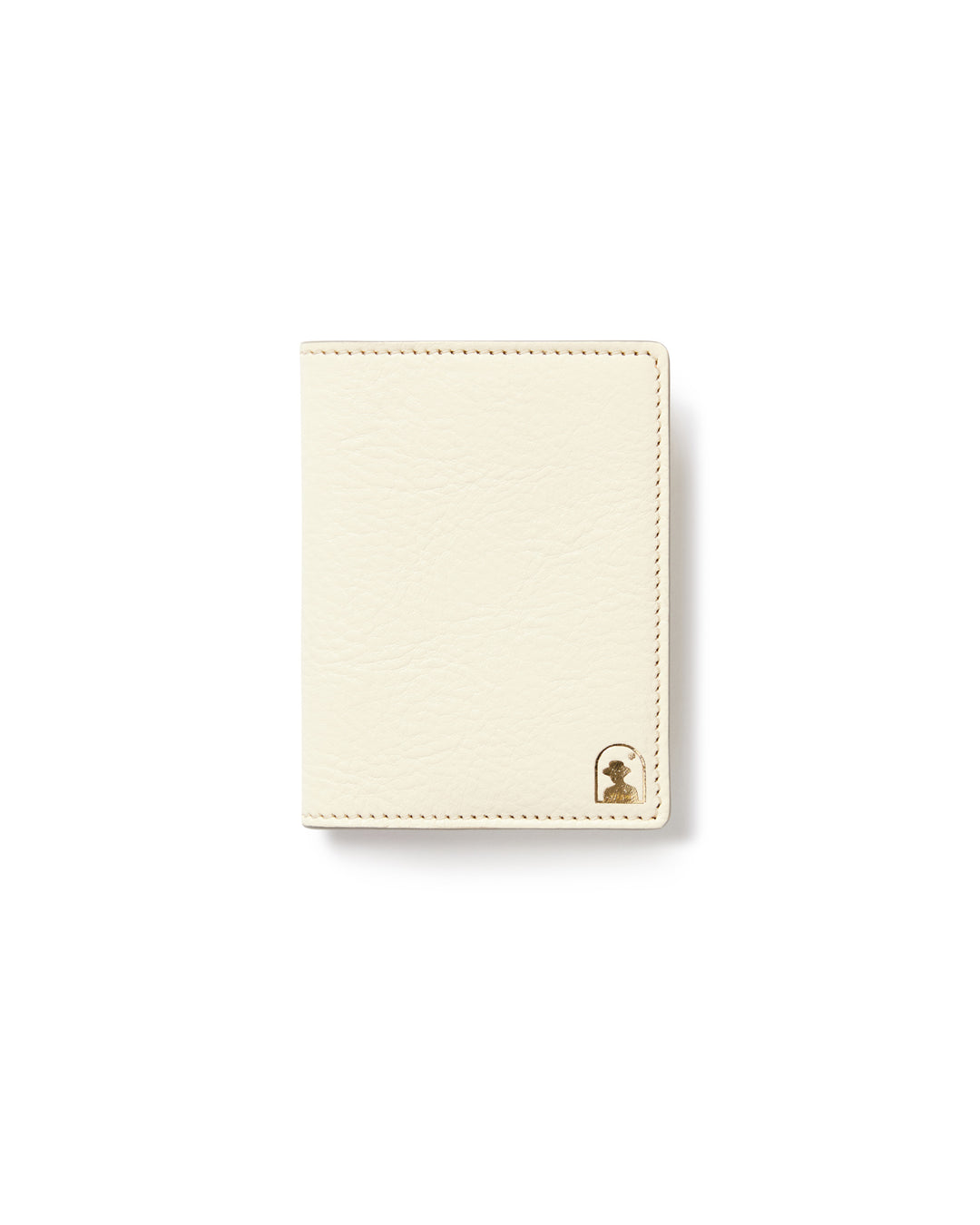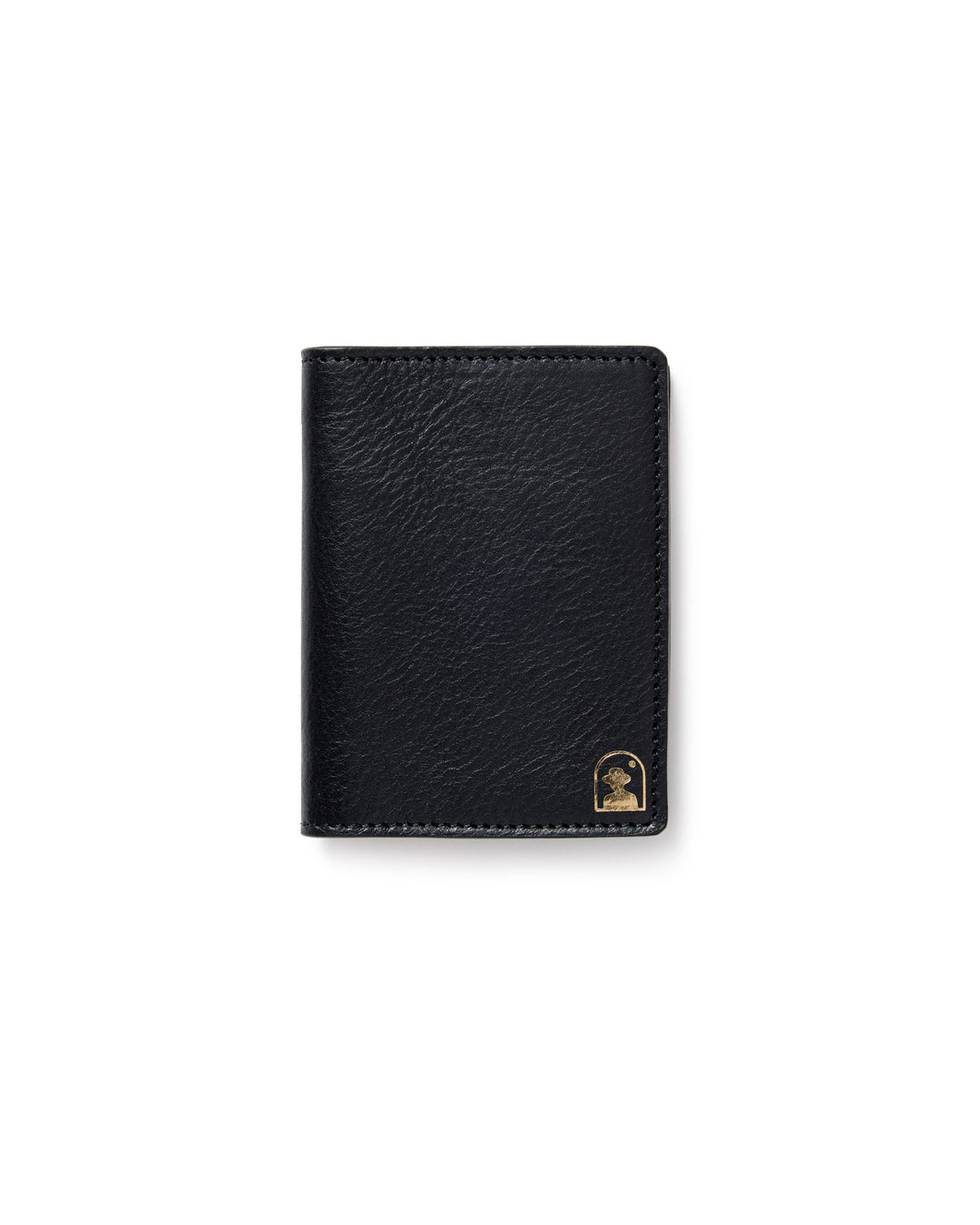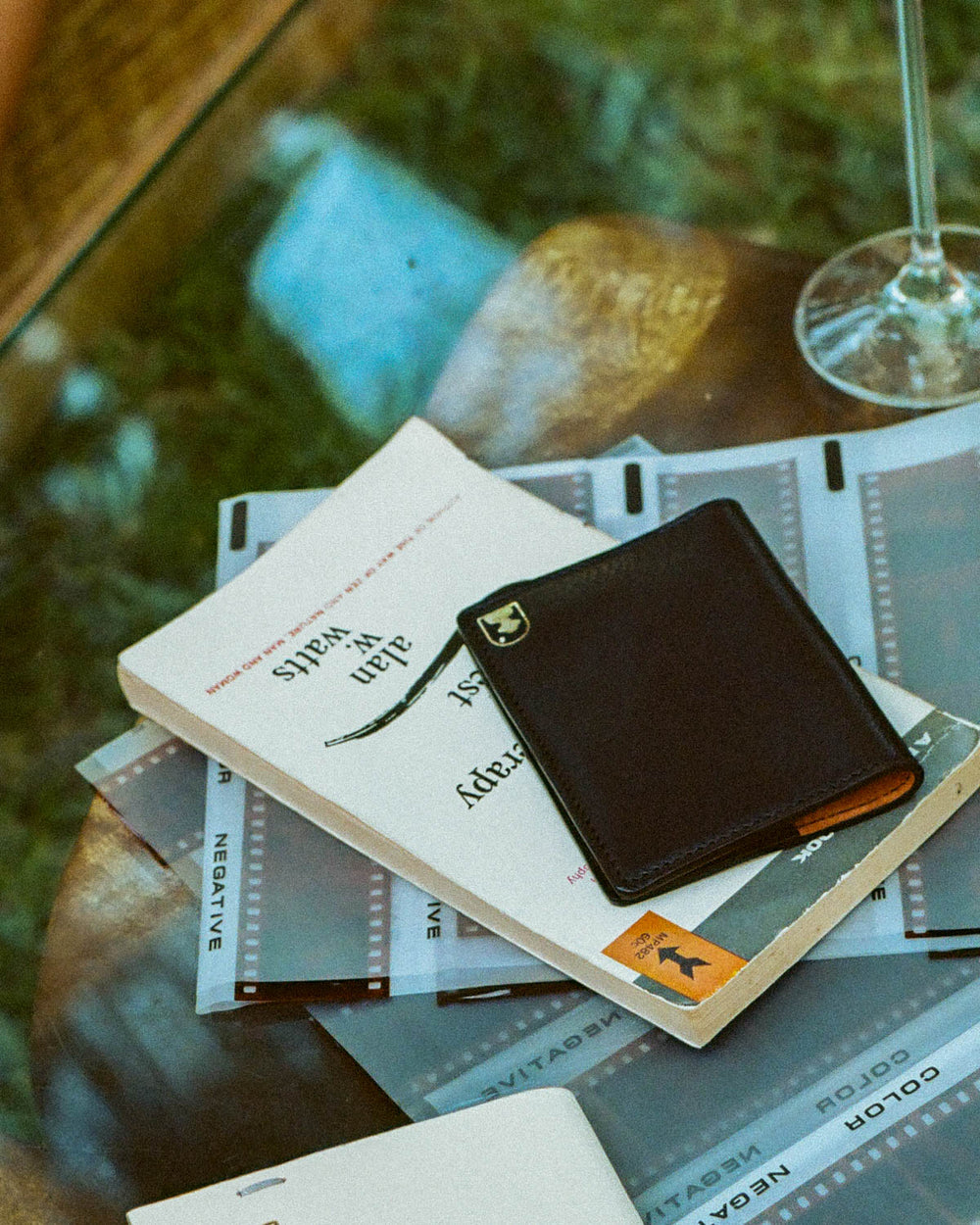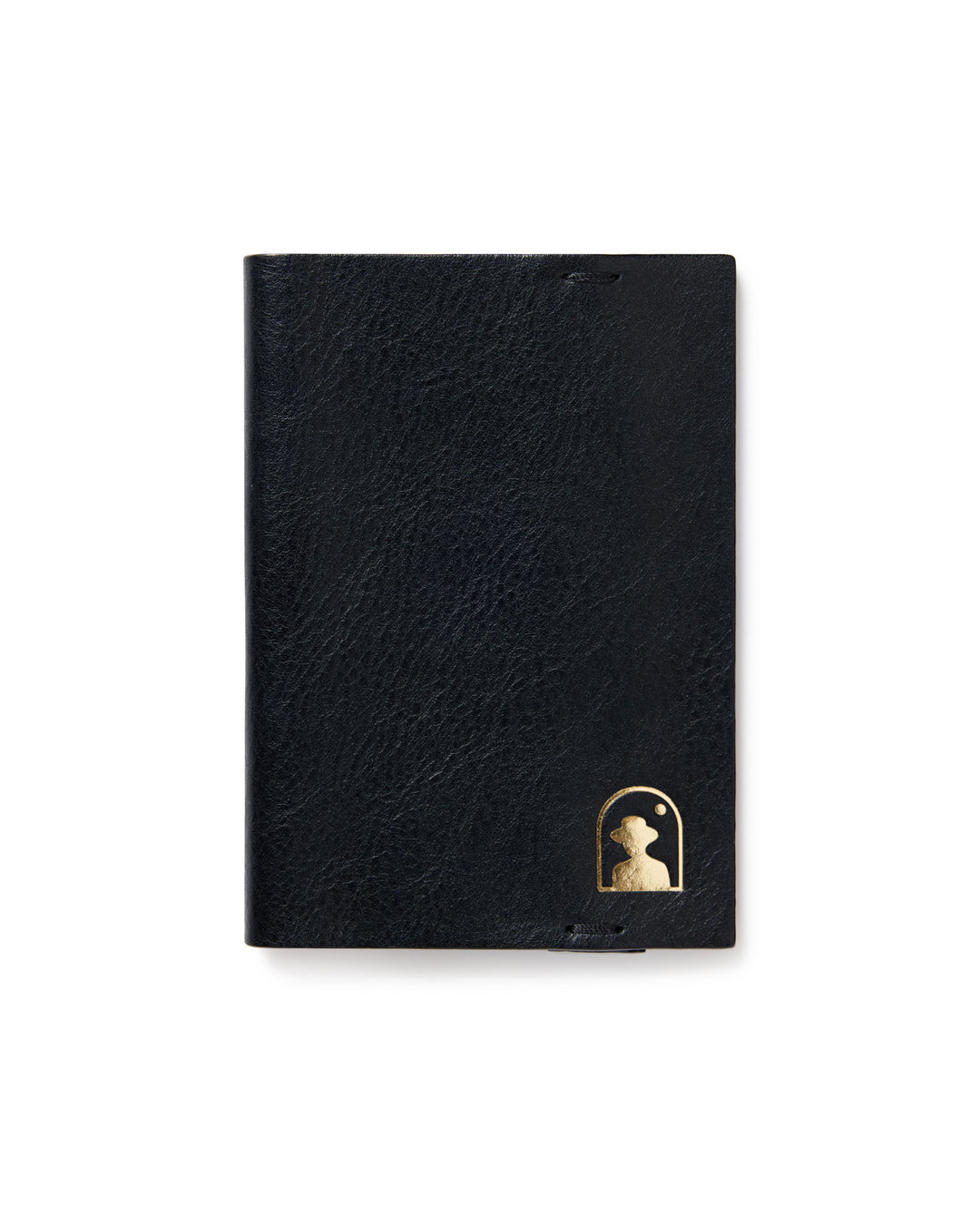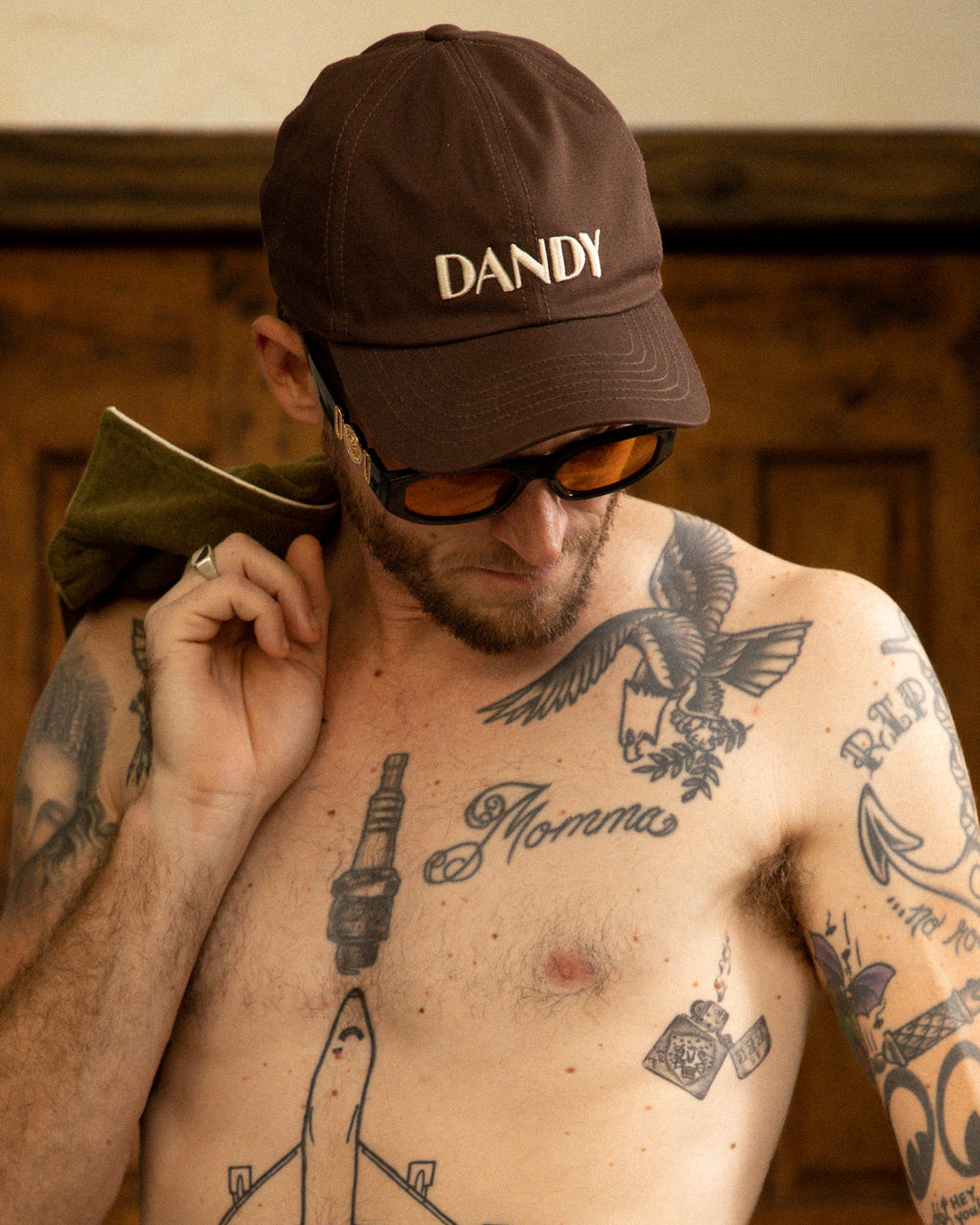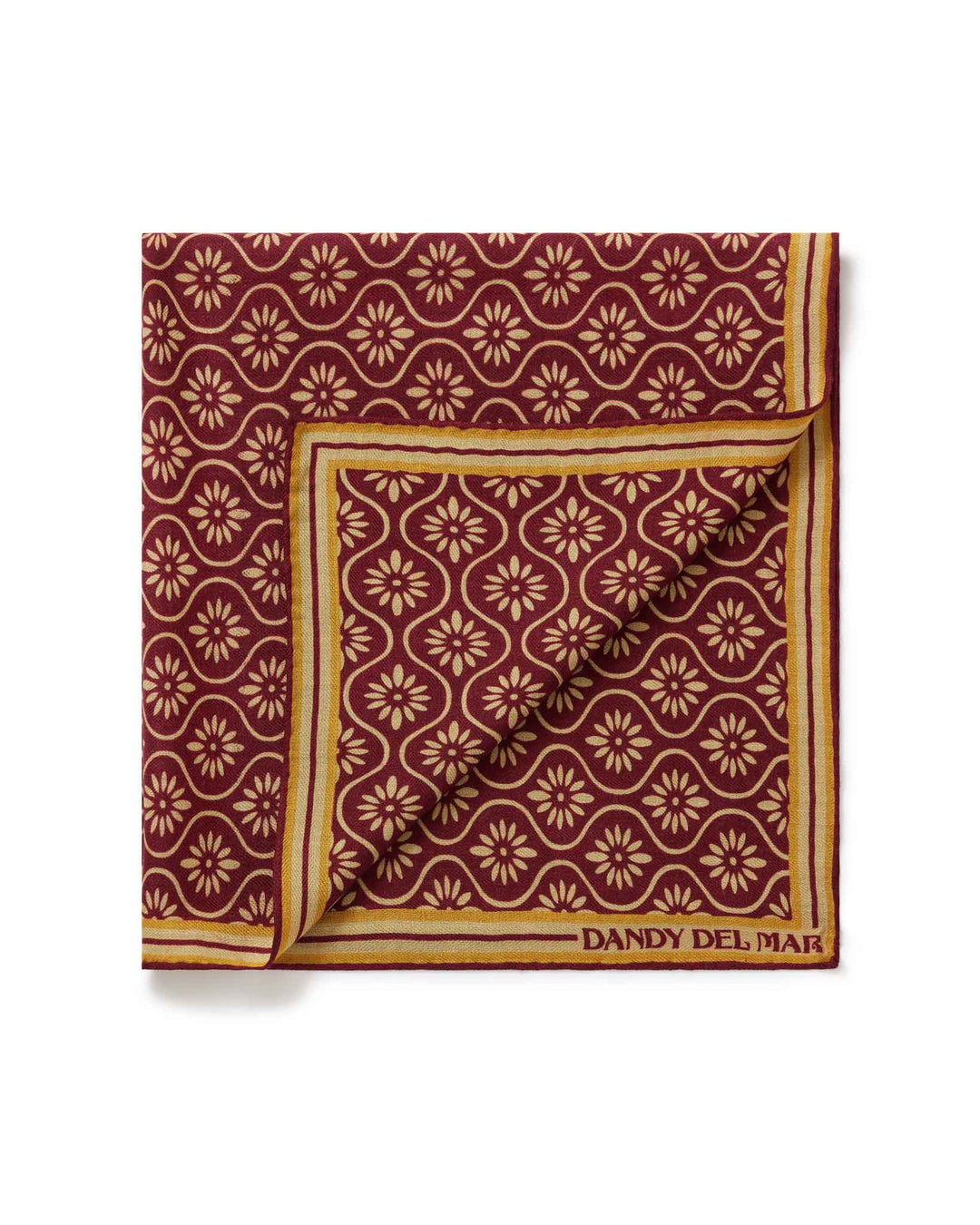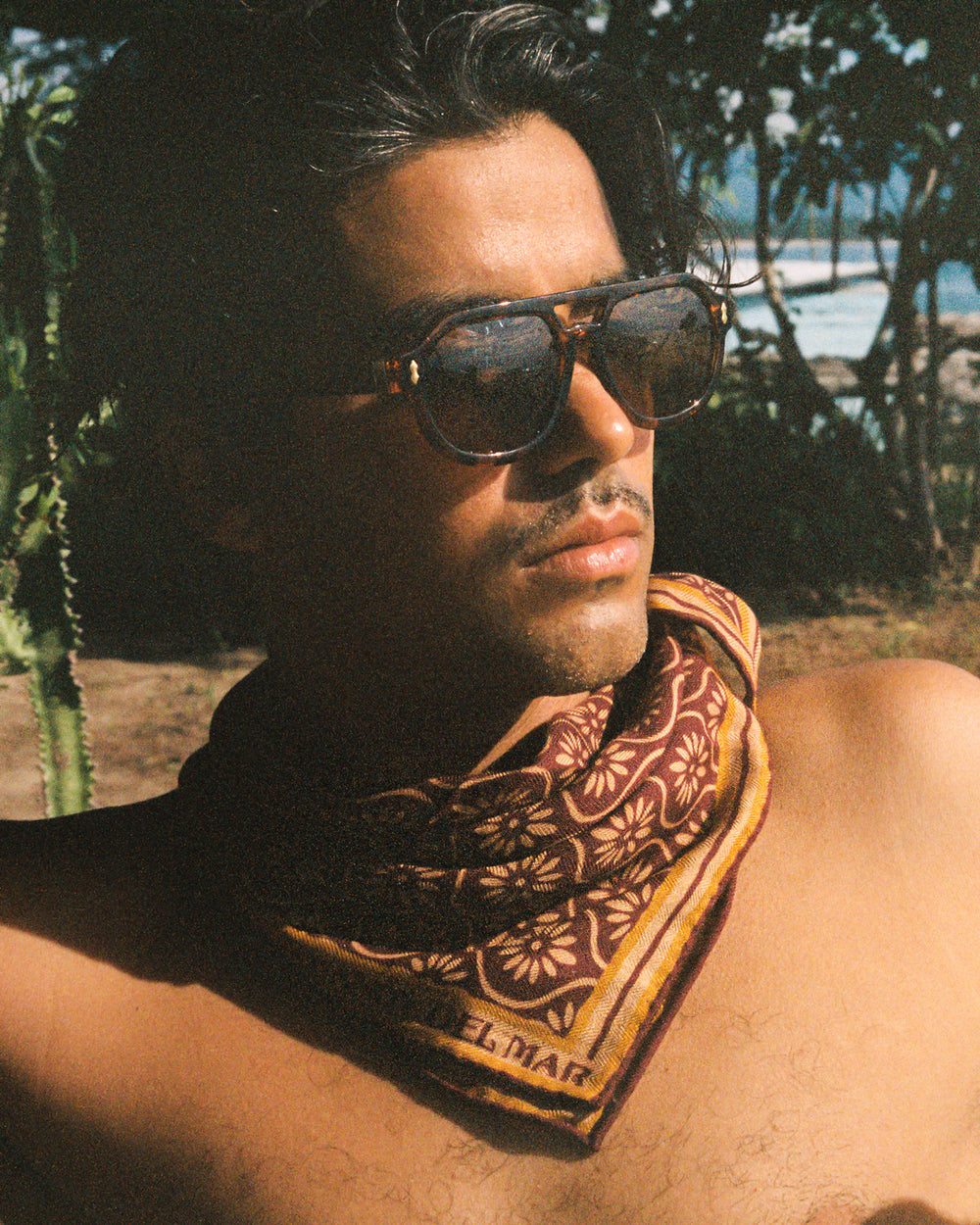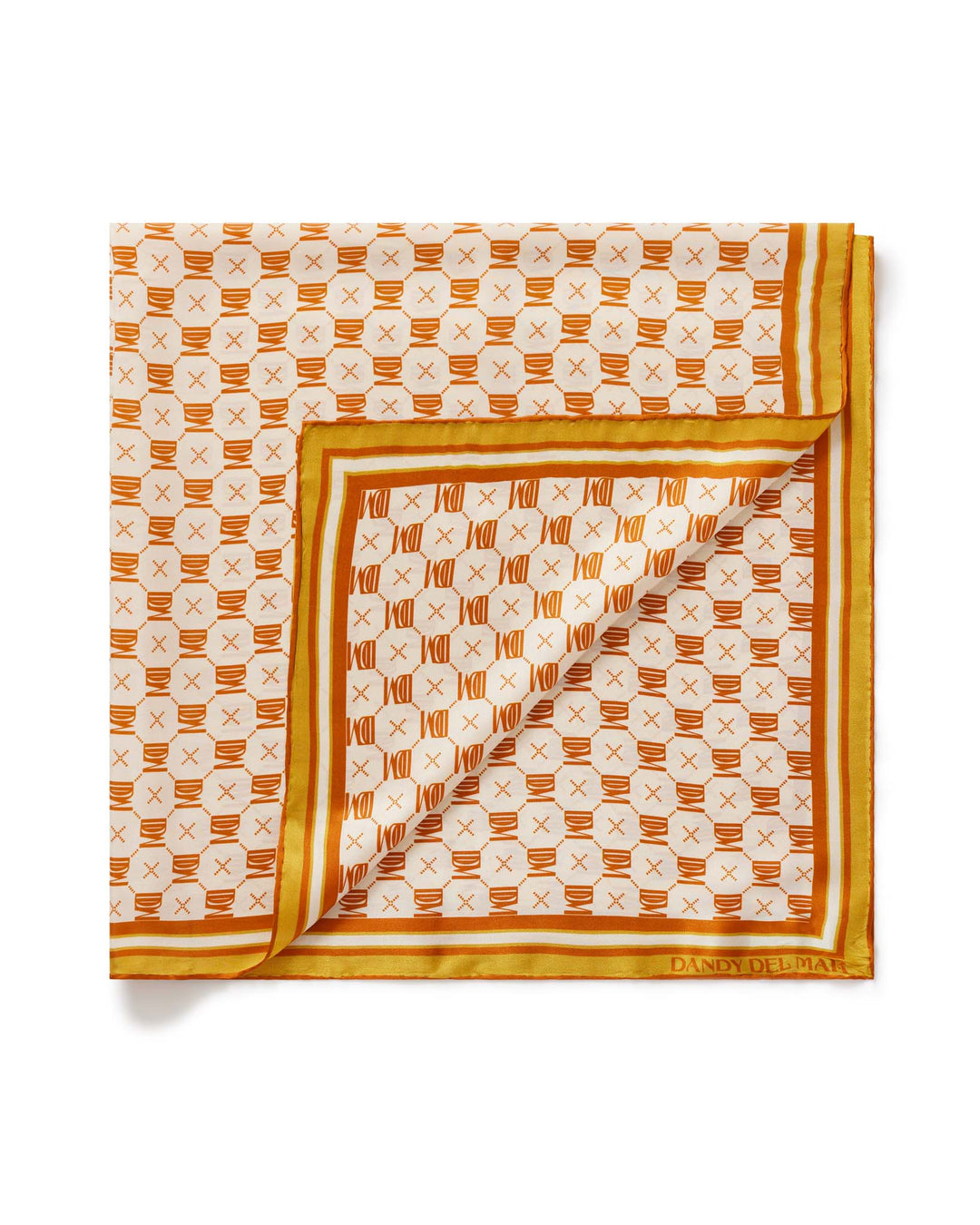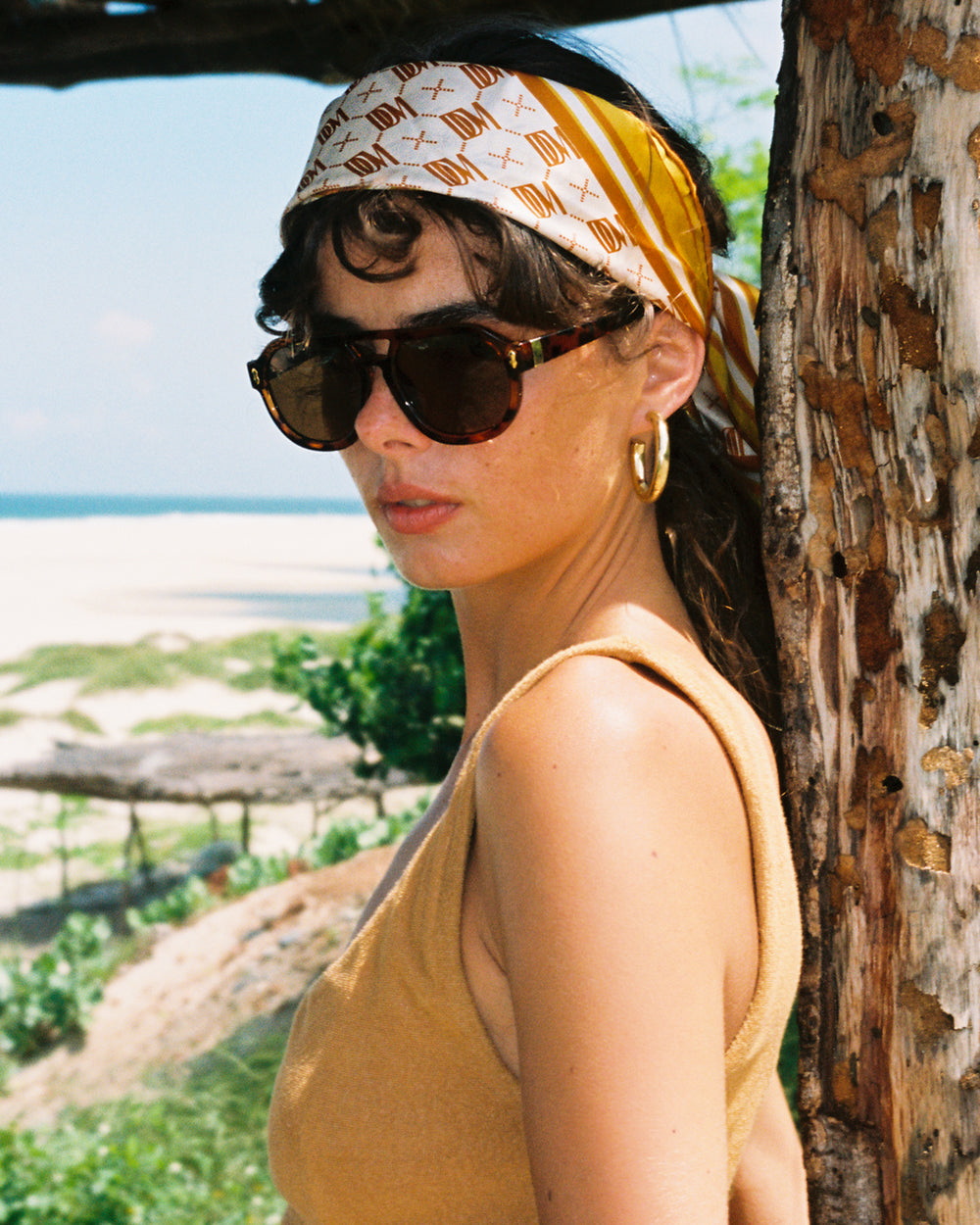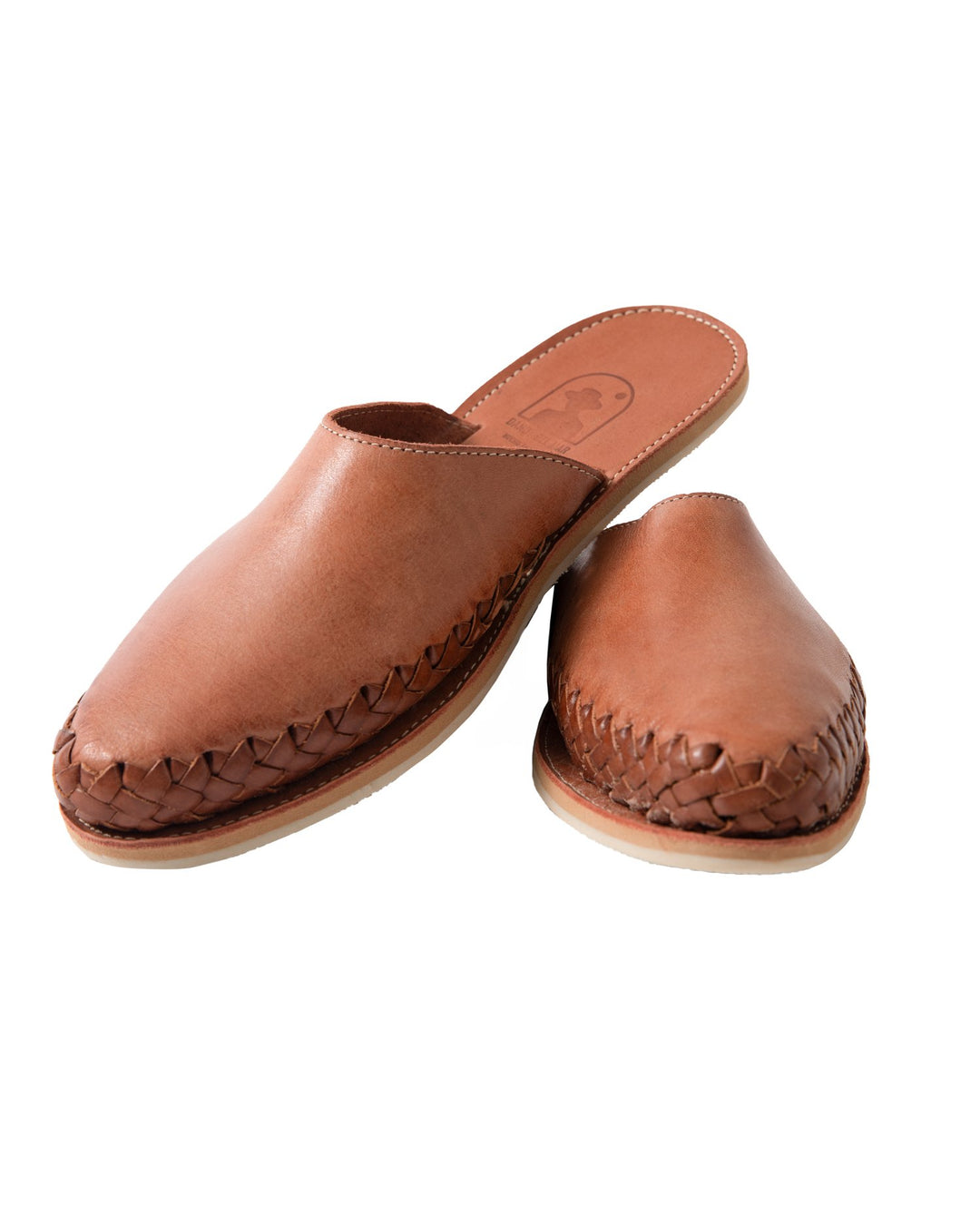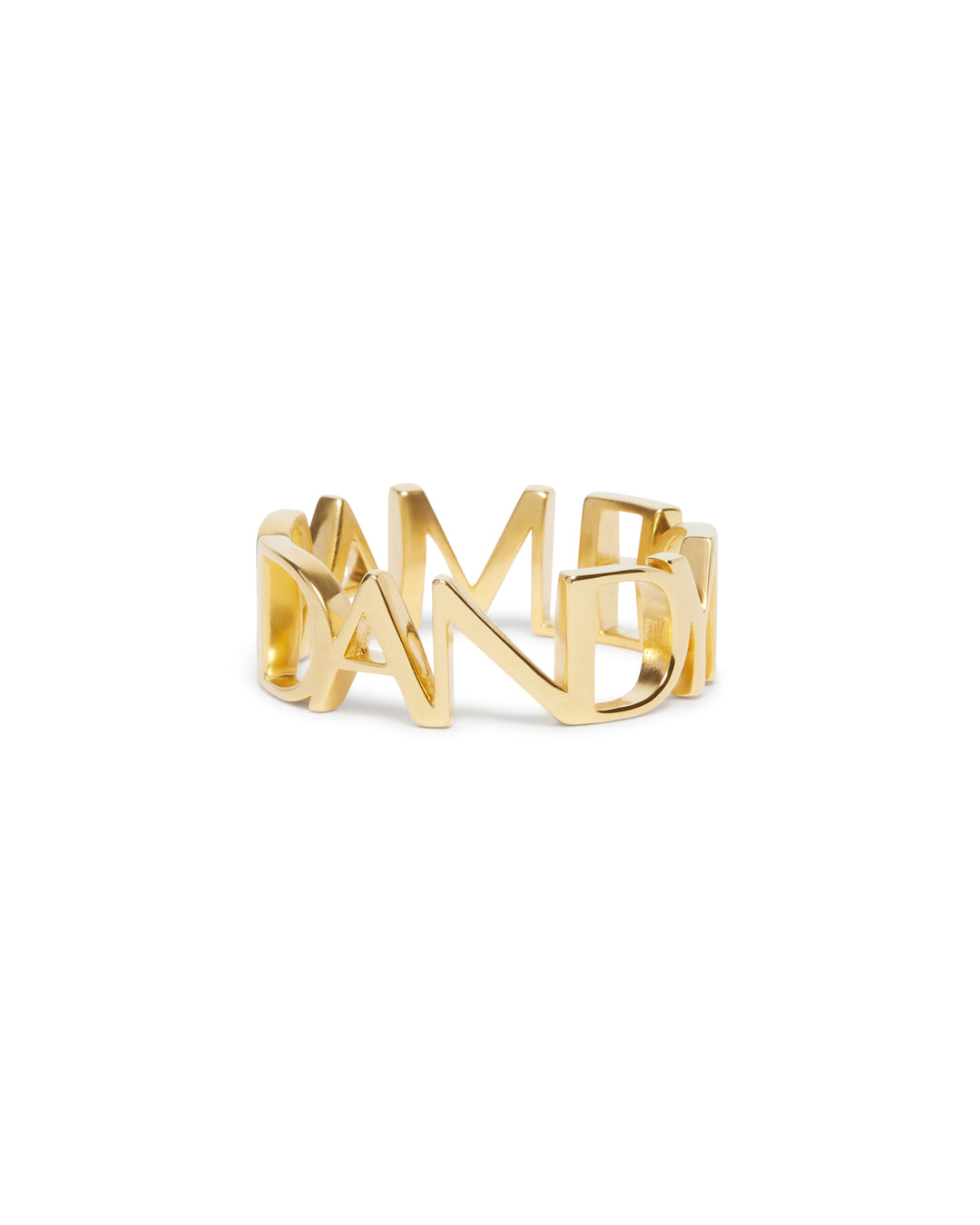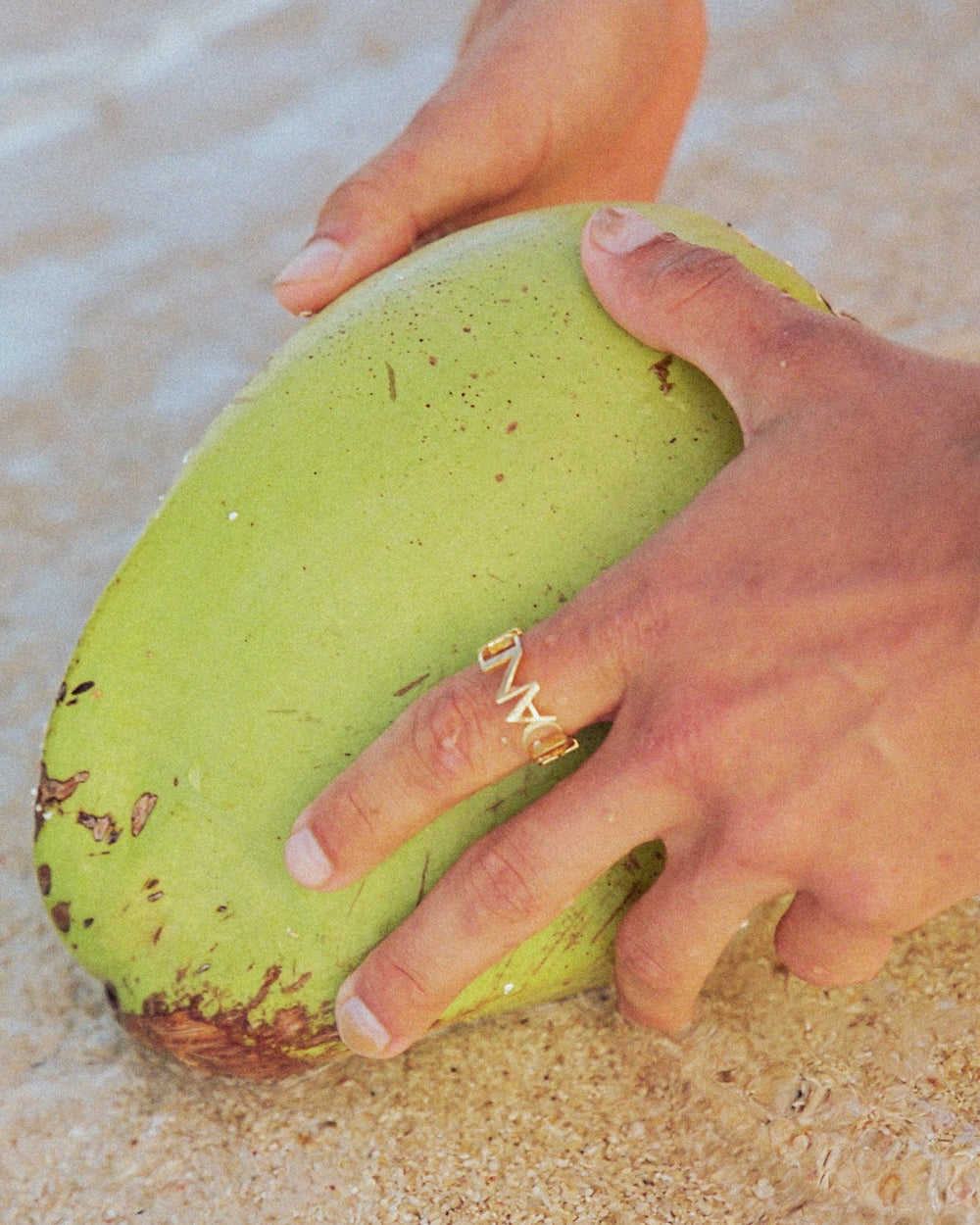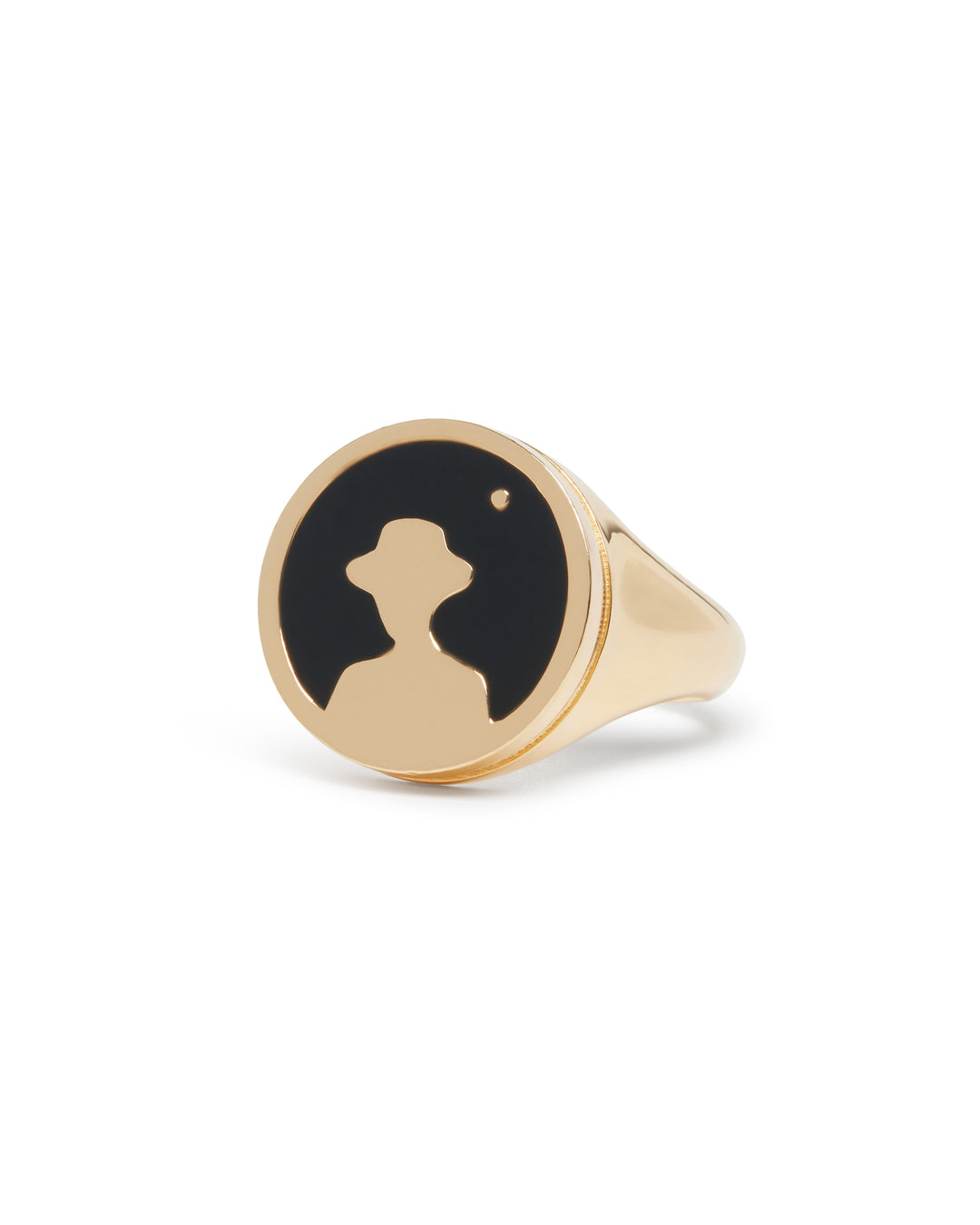LEISURE LETTER 37: THE AMA SAN | PERRENIAL MERMAIDS OF JAPAN
Here’s something of interest -- a real-world phenomenon of deep origin, submarine and charmingly mythic. A group of women thought to be mermaids . . . Their vocation sent them to the bottom of the sea. The Ama-San are Japanese free divers, proud members of a ladies-only club. For countless centuries they have scoured the ocean floor in search of pearls, seaweed, abalone and other precious shellfish native to the frigid waters surrounding Japan. They’ve got our attention.
The backstory feels legendary. Just over 2000 years of experience, according to popular belief. Some of the earliest depictions of Ama-San were merely artistic, the most famous being a 19th century woodblock print by Master Kuniyoshi: Ama Recovering The Jewel From The Dragon Palace. It’s a frenetic scene, the ama fighting off a host of sea creatures using only a dagger, waves crashing, the imperial dragon lording over it all, guarding his precious pearl. As striking as we find this image, her etymology is probably much simpler . . .

Why is it only the women who dive? Let’s start with the fact that the term Ama literally translates to ‘Women of the Sea’ -- giving us the impression that she’s always been there, born from the very bosom of the ocean itself. Sounds romantic. There’s also the rational, sufficiently scientific explanation: females are thought to possess a higher ratio of fat to muscle, giving them an advantage in colder water. Longer dives equates to more treasure (pearls, abalone, etc) and thus the continuance of one’s desired livelihood. Beyond physiological constraints, the Ama were bound to a sacred sense of tradition, fostering strong, self-supporting communities. In this fashion they were able to live independently, weathering the countless storms of time. The art was passed down from generation to generation. Some divers were known to be in their 70’s, taking in protégés along the way — starting at the age of 13 — to learn the ways of the Ama. The earliest divers wore only a loincloth (fundoshi) and headscarves (tenugui). It was a minimalist approach, graceful in its simplicity. The tengui displayed the symbols of seiman and douman stitched into the fabric, for good luck and to ward off evil during their dives. Indeed, luck was needed. There were two classifications of ama. Not a hierarchy per se, more so skilled subgroups.
The earliest divers wore only a loincloth (fundoshi) and headscarves (tenugui). It was a minimalist approach, graceful in its simplicity. The tengui displayed the symbols of seiman and douman stitched into the fabric, for good luck and to ward off evil during their dives. Indeed, luck was needed.
There were two classifications of ama. Not a hierarchy per se, more so skilled subgroups.

The kachido, the unassisted diver. They didn’t use a boat. They swam from the shoreline, a small float used as their source of operation. Their deepest dives ranged from 20-60 feet. The average dive lasted 30 seconds (15 seconds of actual working on the seafloor), calculating about 60 dives in an hour.
Next, the funado, the assisted diver . . . a veteran. They work from a boat, usually driven by their husband, offshore diving 60-80 feet and averaging 30 seconds at work on the seafloor. The funado would have rope tied around their waist, tugging at it to signal the boat driver to pull them up. A dangerous task, to say the least.
Goggles came into play late in the 19th century. The ama could now work faster and more efficiently. But the advent of any technology heralds new strains of adversity, as we often learn the hard way. The goggles injured the ama with conjunctival bleeding, from the pressure. And with that, single-lens masks were used instead. There was also the question of ethics. Should more advanced technologies be used in further exploitation of natural resources? Such questions plague Japan, and the world at large, to this very day. At the very core of Ama identity lies an emphasis on naturalness, defined by three central aspects: visual acuity, lung capacity, and developing the instincts of a hunter.

The Ama were believed to have special powers . . . Skills painstakingly acquired over long periods of time.
In preparation for dives, the ladies use a technique which involves hyperventilation a la Wim Hof, gasping and exhaling for up to 10 seconds, then drawing one final breath before the plunge. This technique allowed the divers to aspirate a significant amount of carbon dioxide from their blood. Reaching the surface once again, the ama would make a whistle sound (isobue), a sign of hyperventilation. They open their mouths and let out a loud, low-pitched whistle. The whistle is meant to protect their lungs and prevent excessive hyperventilation. It was once named one of the 100 Sounds of Japan.
WWll came and wrought havoc on the empire of Japan and its far reaching archipelago. A catalyst was ignited, nothing would ever be the same. New beginnings were sought after . . . Dreams of progress, the mechanistic obsession. The age of the Salaryman had begun. At this point in history, the term “overfishing” began to attain a meaning. And the Ama-San began to lose their own.
After the war, a business magnate named Kokichi Mikimoto hired the ama for his famous pearl company (still in production). He designed a white diving suit (supposedly warded off sharks) and used a wooden barrel as a buoy, connected by rope. No longer were the ways of skin-diving or loincloth wearing ama. Western tourists that came to observe the ama opposed the nudity (of course they did), resulting in Mikimoto’s new suit design.

There’s not much known about the Ama today. During the 1950s, it was reported that 17,000 existed in Japan and surrounding islands. Now, there are less than 2,000. The most enduring images of the Ama were captured by the modernist photographer Yoshiyuki Iwase, before Mikimoto introduced his white suits. In the Ama-San he had found his collective muse. His photos offer us the only glimpse of what the true Ama must have looked like -- natural, nearly nude, in blissful harmony with the sea.
Like any myth, the story of Ama-San ebbs and flows with the tide. What remains of them today is questionable, but surely they retain some of the old attributes. In quiet moments it’s pretty to reminisce about an empty coastline; rugged, cold, yet colored with the warm, graceful form of Ama collecting her wares by the shore. At the end of the day, aren’t we all searching for the precious pearl guarded by the ferocious dragon of the deep?

